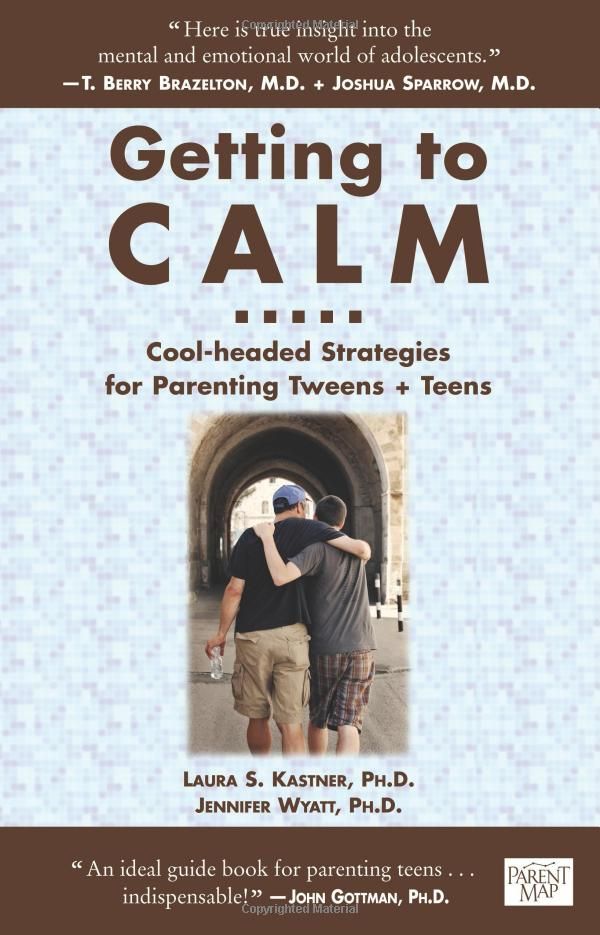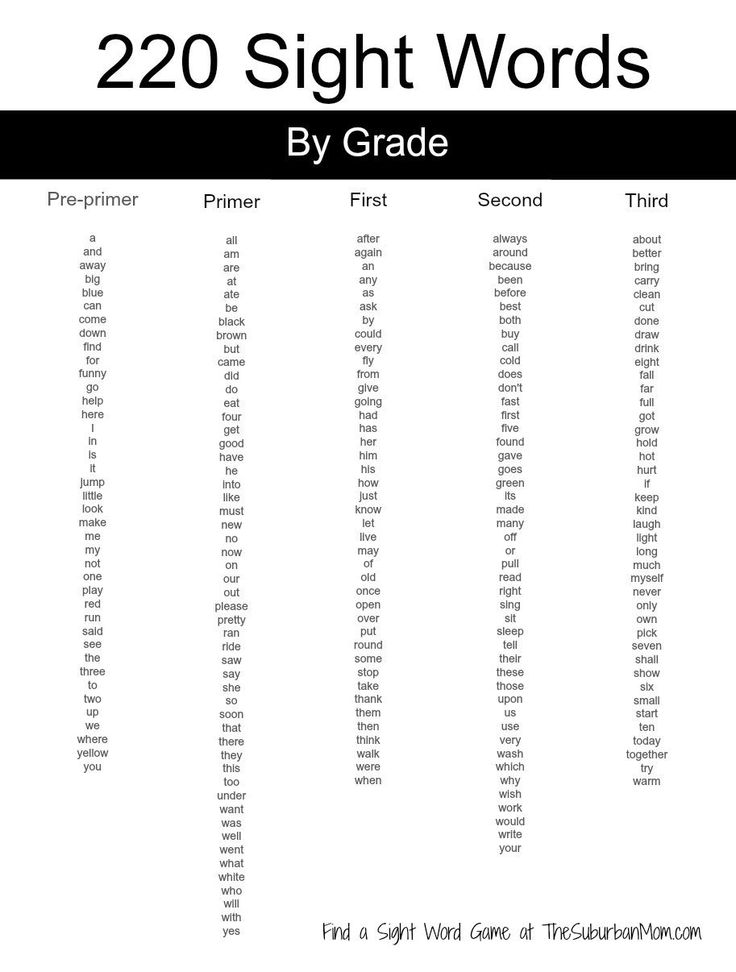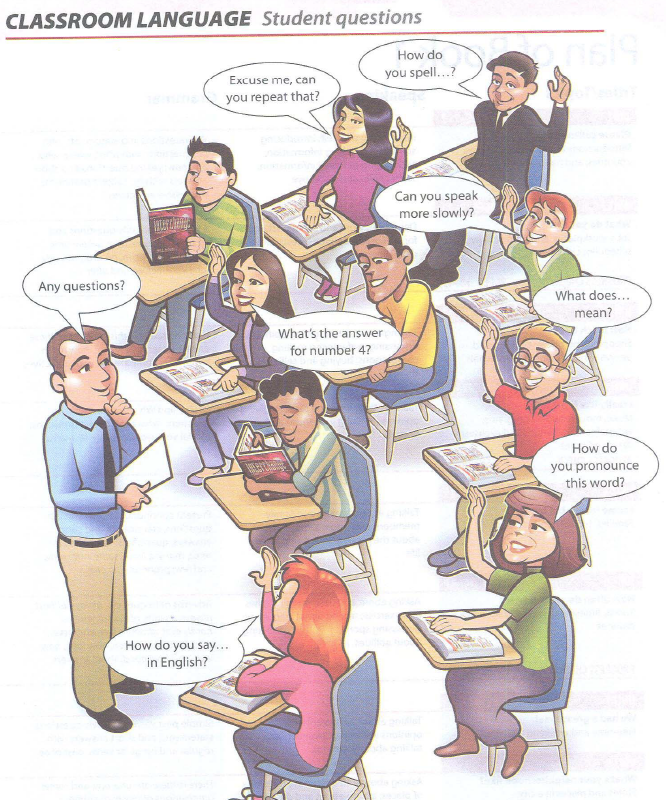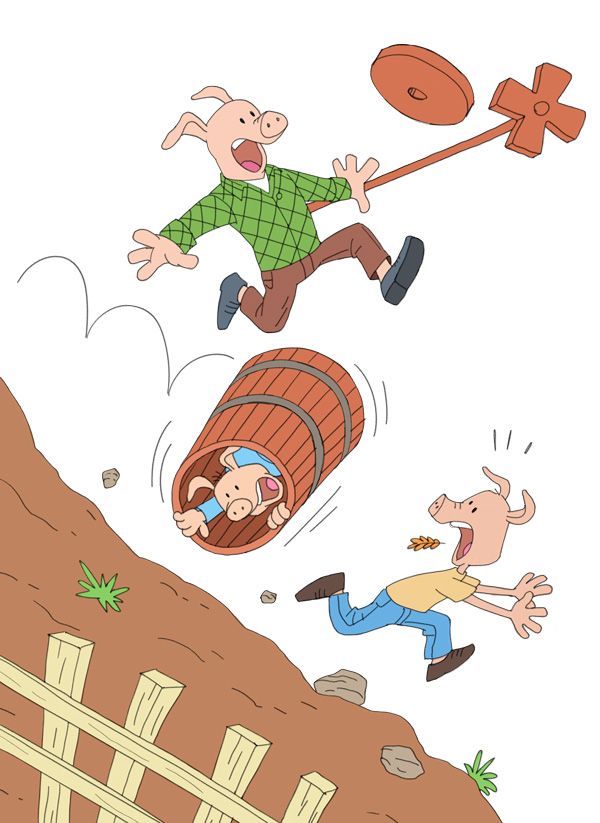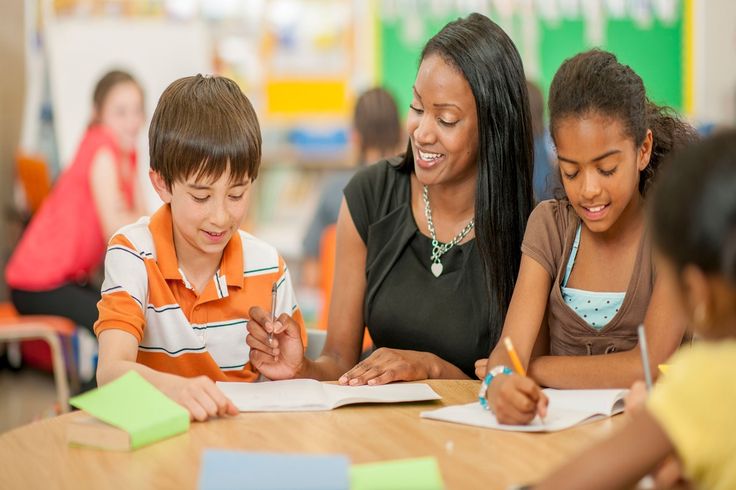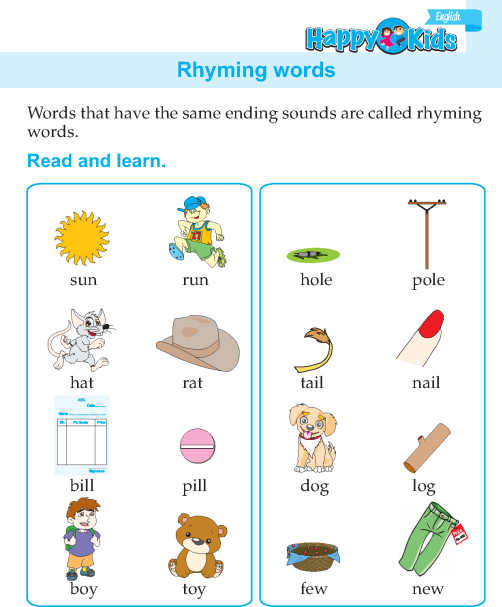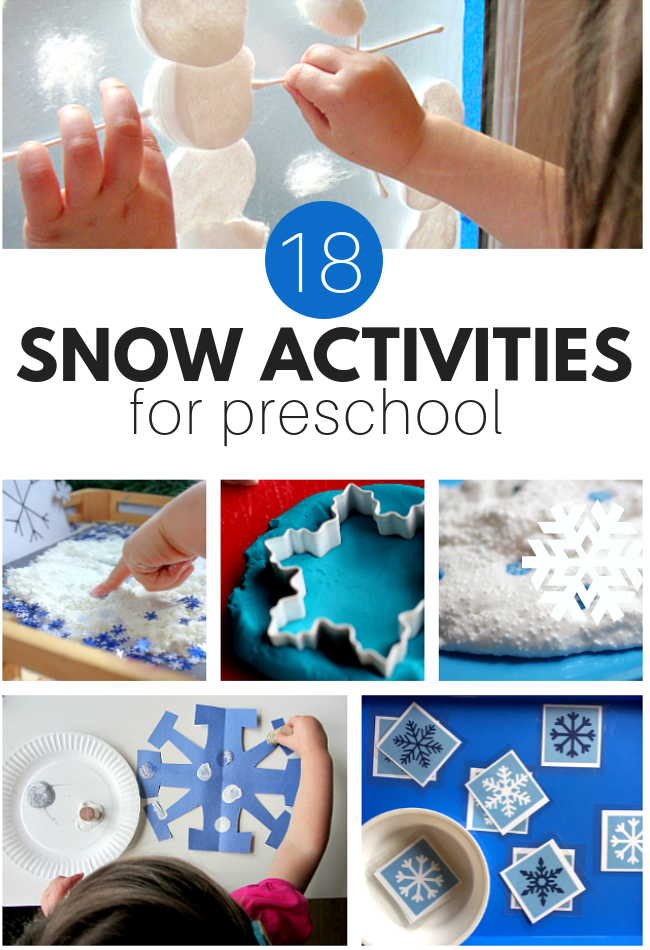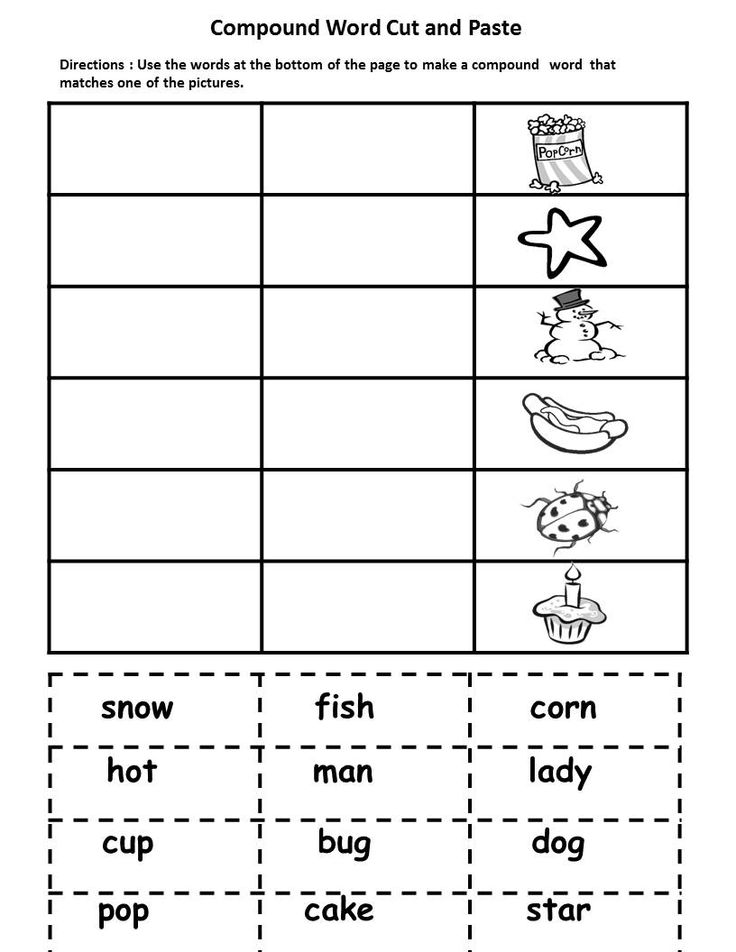Reading strategies for parents
Parent Strategies for Improving Their Child’s Reading and Writing
Family time is learning time. Did you know that kids learn most of their vocabulary outside of school, through conversations with family and friends? Or that drawing pictures during play time lays the foundation for reading and writing, even for the youngest of learners?
Families have always been an active part of the teaching and learning process, and they have become even more crucial during the pandemic.
The following research-based ideas are intended to be manageable, interactive activities you and your child can engage in to help develop their reading and writing skills, motivation, and confidence. Some of these strategies target specific age groups or grade levels, while others apply to kids of all ages. You’ll see them categorized accordingly. Try out two or three of them and make them a part of your family’s other important routines, like brushing teeth.
General reading and writing improvement strategies that will help kids of all ages
No matter your kid’s age, several factors influence their reading and writing growth, including attitude, motivation, access, and exposure. Think of the following strategies as tips for developing internalized mindsets, behaviors, and habits.
Model good habits by reading and writing in front of your child
Adults’ attitudes toward reading and writing influence children’s perception of the value of these skills. Having your child observe you while reading a book or magazine and while writing a thank you note or email to a friend helps to establish a recognition that reading and writing are useful and positive parts of everyday life.
Find out what your kid is interested in and get as many texts as possible related to that topic.
Be sure to explain why you are reading and writing to your child. For example, to learn about a topic you are interested in or to entertain yourself with a funny story or to thank someone for their kindness. Kids need to understand the value and purpose of the actions of reading and writing; knowing the why helps them be more motivated to read and write themselves.
Make reading materials—ones they will truly care about—readily available for your child
Kids’ threshold for boredom has appeared to lower in recent decades, particularly with today’s access to social media and video streaming. If we want kids to engage in reading and writing, we need to make it the most attractive activity for them. Kids are more likely to read when they see the value in it, such as building their knowledge about something they find interesting.
Find out what your kid is interested in and get as many texts as possible related to that topic. These can be books, graphic novels, magazines, or online digital texts. You don’t need to spend a small fortune, either. Your local library or your child’s school library probably have plenty of options to choose from.
Remember, too, that while reading on grade level is important, so is reading a large volume of text and reading for pleasure. Some texts may be below grade level for your child, and that’s okay.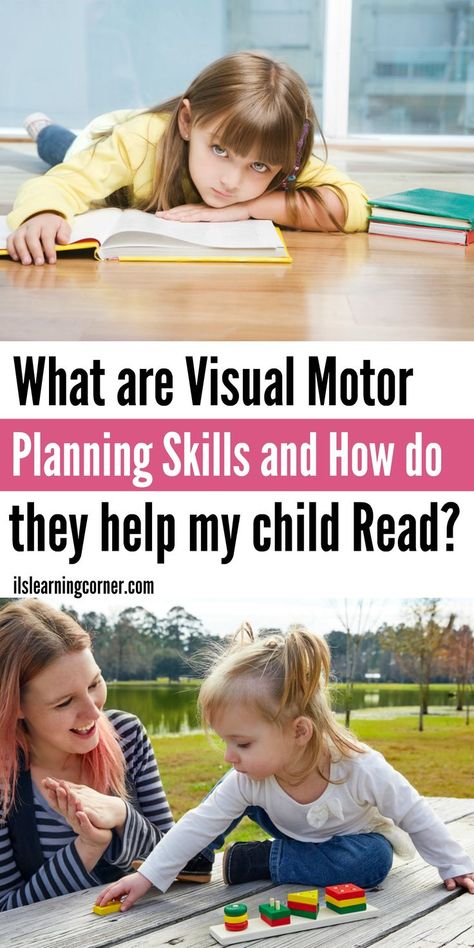 Some might be above grade level. If a kid is interested in a topic, they’re more likely to engage with a challenging text on that topic. Plus, a text that’s above grade level provides a nice opportunity for joint reading with another member of the family
Some might be above grade level. If a kid is interested in a topic, they’re more likely to engage with a challenging text on that topic. Plus, a text that’s above grade level provides a nice opportunity for joint reading with another member of the family
Talk with your child…a lot
Children expand their vocabulary and understanding of sentence structures not only through reading but also through conversations with others.
Talk to your children about their day at school, about what they see in the neighborhood on a walk or drive, about their interests, about the movie you watched together, about the news, about anything, really. When possible, ask questions that will elicit more than a one-word response. A colleague loves asking about her children’s day using the popular Rose, Thorn, and Bud exercise, for example. Her kids share a rose, or a good thing about their day, then a thorn, a difficult thing. The bud prompt is for sharing something they’re looking forward to.
For more information about the power of language comprehension, see my friend Toni’s post “All about language comprehension: What it is and how it can help your child read.”
Give your child authentic writing tasks to help them find their voice and develop their sense of power
Kids are more motivated to write when they are writing for real purposes and real audiences and there is a potential for real impact.
Encourage your child to write for practical and useful purposes like helping create a grocery shopping list for the week; writing a get-well-soon card to a friend; writing an email to their teacher asking for clarification on an assignment; or writing a letter to an elected official calling for change. Heck, they can even follow the lead of adorable Dillon Helbig, an 8-year-old who wrote a book and self-published it by secretly stocking it on a shelf at his local library.
Kids need to understand the value and purpose of the actions of reading and writing; knowing the why helps them be more motivated to read and write themselves.
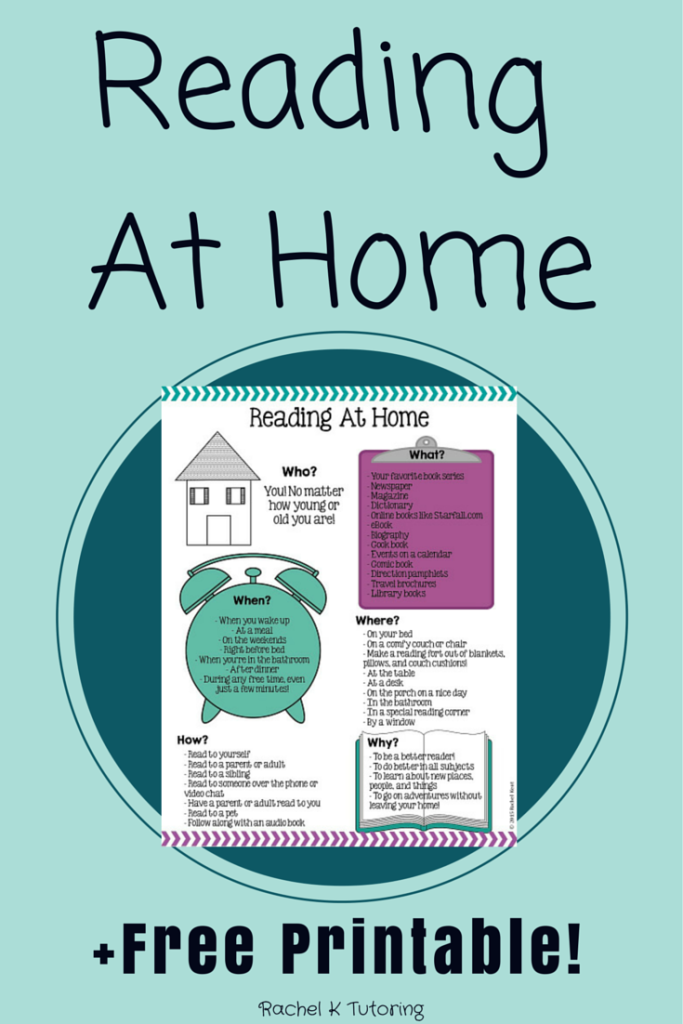
Writing can also have a huge psychological benefit for processing emotions. Encourage your child to keep a journal to work through and express their own thoughts and feelings. For young learners, this might be in the form of drawing pictures.
Literacy strategies for kids from birth through pre-K
Children in pre-K and younger are often called “preliterate.” This description is important because while they are not yet “literate,” they are engaging in many activities that establish a solid base for later independent reading and writing. Think of the following strategies as building blocks for future reading and writing success.
Read aloud to your child
Children’s understanding of language begins in the womb as they hear the rhythm of their mother’s speech. Infants mimic speech by making sounds, which are often effective communication tools to get them what they want. Toddlers start using words and pretty quickly they are stringing together complete sentences without ever having a single grammar lesson on sentence construction.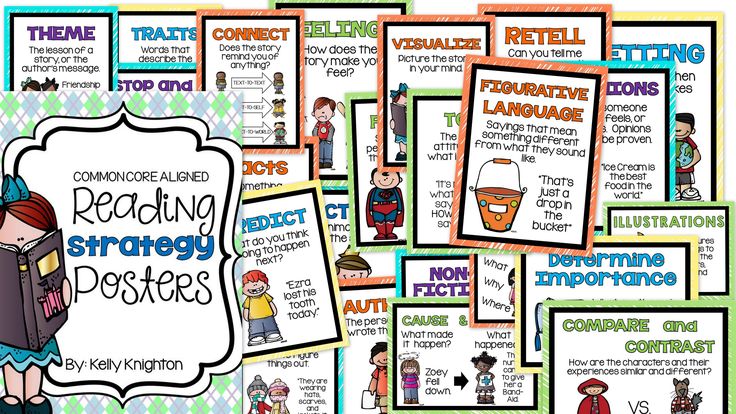 By observing and interacting with adults and other kids, children learn to speak in full sentences before they can read individual words printed on the page.
By observing and interacting with adults and other kids, children learn to speak in full sentences before they can read individual words printed on the page.
Instill a bedtime story routine, maybe with those library books you got on your kid’s favorite topics. Read aloud environmental print, too, like store signs and street names. Through read alouds, children expand their vocabulary, their knowledge about a topic or idea, and their understanding of sentence structures.
Draw on the print-rich environment at home
Children aren’t born knowing what letters and words are. It’s a conceptual understanding (also known as print awareness) that they build over time with help from adults.
One of the most obvious ways to build print awareness is to install a bookshelf in your kid’s bedroom and keep it stocked with books from the library. However, print exists in other forms besides books. Post your shopping or to-do list on the refrigerator for them to see. Use sticky notes to place labels on items in the child’s room and around the house. Get them a set of magnetic letters to rearrange on the fridge.
Use sticky notes to place labels on items in the child’s room and around the house. Get them a set of magnetic letters to rearrange on the fridge.
Surrounding kids with examples of printed texts sets the foundation for understanding the alphabetic principle.
Engage in art projects
Through drawing and painting, young kids develop the motor skills and physical stamina they need to eventually write words, sentences, and paragraphs. Having your kid practice drawing individual letters helps to establish the brain connections they need to later map sounds to letters and letter patterns when they are learning to read.
Instill a bedtime story routine […]. Read aloud environmental print, too, like store signs and street names.
Make sure your child has access to materials like paper, crayons, and finger paints. You can also get fun (and messy) by having them use their fingers to draw letters in salt or even pudding (the reward is pudding for dessert).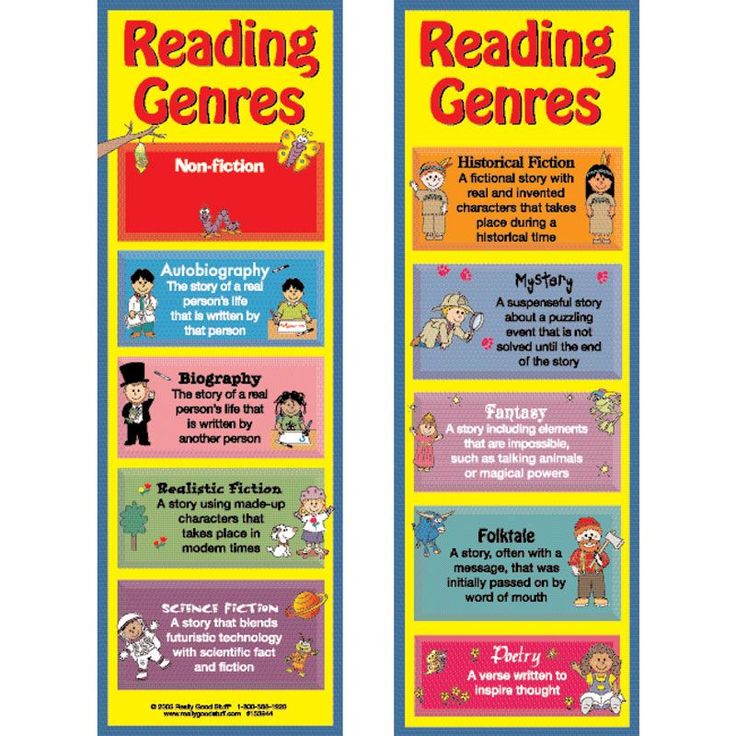 Let your and their imagination run wild!
Let your and their imagination run wild!
Strategies for kids in kindergarten through grade 2
Kids in these grades are actively learning how to read. They are developing their understanding of phonemic awareness (the individual sounds in words) and are learning to match those sounds with specific letters and letter patterns (also known as phonics) through the act of decoding. If you’re interested in more information about those two topics, the above links will take you to previously published blog posts about them. In the meantime, here are some easy activities to try at home.
Take turns reading aloud to each other
Students in this age group are likely bringing home decodable texts from school, which use the specific letter patterns they are learning at the time. Create a positive attitude toward reading by asking them to read these texts to you and praising them accordingly.
Continue to read above-grade-level books aloud to them, too. While kids this age may not be ready to read chapter books on their own, you can still build their understanding of vocabulary and language structures as well as strengthen their comprehension by reading more complex texts aloud to them.
While kids this age may not be ready to read chapter books on their own, you can still build their understanding of vocabulary and language structures as well as strengthen their comprehension by reading more complex texts aloud to them.
Ask them questions about what you read together
Asking questions serves not only to measure kids’ understanding of a text but also to deepen their understanding by helping them think more carefully about what they are reading (or listening to).
Ask kids questions that start with “who,” “what,” “when,” “where,” “how,” and “why.” Ask them to predict what will happen next and what in the text makes them think that. These questions help kids become active readers who are able to make connections in a text.
To learn more about reading comprehension, check out my friend Shiji’s post “A new spin on playing catch: Helping your child understand what they read.”
Play word games
Kids this age are doing a lot of word study at school. They’re learning to isolate the individual sounds in words and to blend individual sounds to form new words. They are learning how base (root) words, prefixes, and suffixes can help them understand the meaning of unfamiliar words.
They’re learning to isolate the individual sounds in words and to blend individual sounds to form new words. They are learning how base (root) words, prefixes, and suffixes can help them understand the meaning of unfamiliar words.
You can play rhyming games to support their learning of the connections between sounds and letters. You can have them dissect words for their different parts and associated meanings. You can introduce word construction games like Zingo Word Builder or sight word bingo.
Strategies for kids in grades 3 and above
For kids in this group, authenticity matters. They need to find real value in the reading and writing activities they’re engaging in. Also, if your kid is showing struggles with reading or writing, it’s important to reach out and stay in close contact with their teacher. They may need additional and targeted support with developing certain skills.
Listen to music, podcasts, and audiobooks together
While we might appreciate music, podcasts, and audiobooks through our sense of hearing, these formats all require a writer or team of writers to brainstorm, draft, and polish ideas in writing before hitting the record button.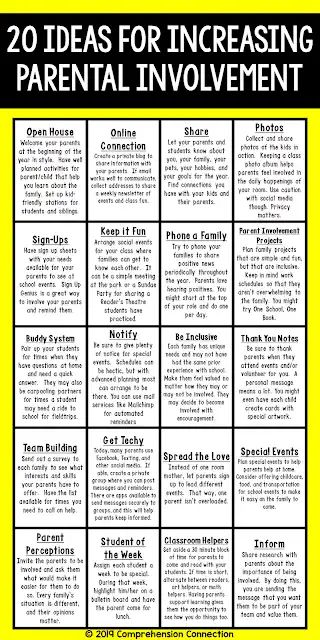 Share that information with your child, and enjoy these types of storytelling together.
Share that information with your child, and enjoy these types of storytelling together.
[I]f your kid is showing struggles with reading or writing, it’s important to reach out and stay in close contact with their teacher.
Discuss and analyze the lyrics to some of their favorite songs. Songwriters make interesting word choices and use inventive sentence structures. These provide ripe opportunity to discuss how language can be used for stylistic effect and to build vocabulary.
It seems like there is a podcast for every area of interest. Listening to podcasts builds listening comprehension and oral language skills. It also might spark students to create their own podcasts, which involves a lot of reading and writing. Scroll down to my last tip for useful links on creating podcasts.
If students struggle with reading fluently, it can help for them to follow along a book while listening to the audio version. For more information about and at-home tips for building reading fluency, check out my blog post “6 ways to help your child read fluently, cover to cover. ”
”
Practice digital citizenship by evaluating the credibility of online information
In today’s world, readers are bombarded with misinformation, but it can be difficult to determine what information is credible. The organization Common Sense has a curated list of websites and apps that help kids develop their media literacy skills as responsible consumers and producers of content. News Literacy Project and Media Literacy Now also offer resources for families.
Younger kids will often start with identifying text genre and relating it to the author’s purpose before moving on to distinguishing fact from opinion by examining key clues, like the use of “loaded” phrases. With ongoing instruction and practice, older kids become more skilled at evaluating sources.
If your child has a social media account, help them understand that they are participating in an authentic media environment and that their posts are examples of real writing that can have a real influence on others.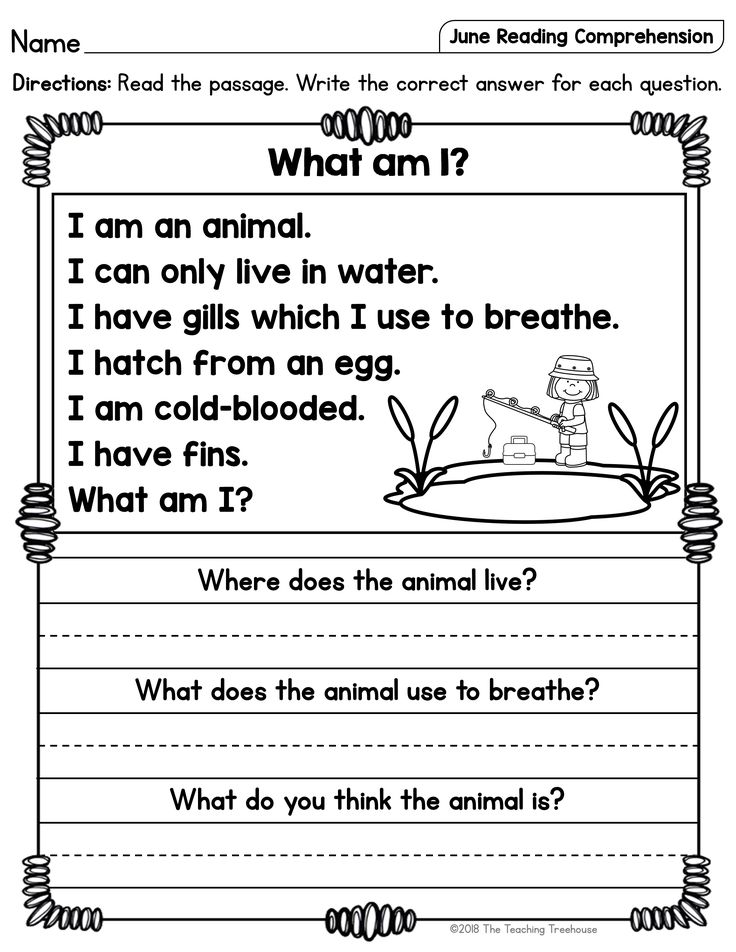 Asking them to evaluate their own posts or reposts through the same critical lens as other online sources can help reinforce this understanding.
Asking them to evaluate their own posts or reposts through the same critical lens as other online sources can help reinforce this understanding.
Encourage them to use digital tools to create new texts
“Real-world” writing today is digital writing. People use keyboards, computers, and other digital devices to translate their thoughts into sentences for an internet-connected audience to read. Your kids might already be using Google Docs on a regular basis to collaborate with their classmates. Technology also allows writers to embed multimodal elements to enhance their ideas, such as graphics, images, videos, audio clips, animation, and hyperlinks to other sources.
Ask your child to compose texts with digital tools so they can be better prepared for real-world writing and have the opportunity to geek out with technology they are drawn to. Check out this list of free multimedia tools your kid can tinker around with as they create new texts. Common Sense has another two lists of recommended websites and apps (with free and paid options), one specifically for making videos and animations and another for podcasting.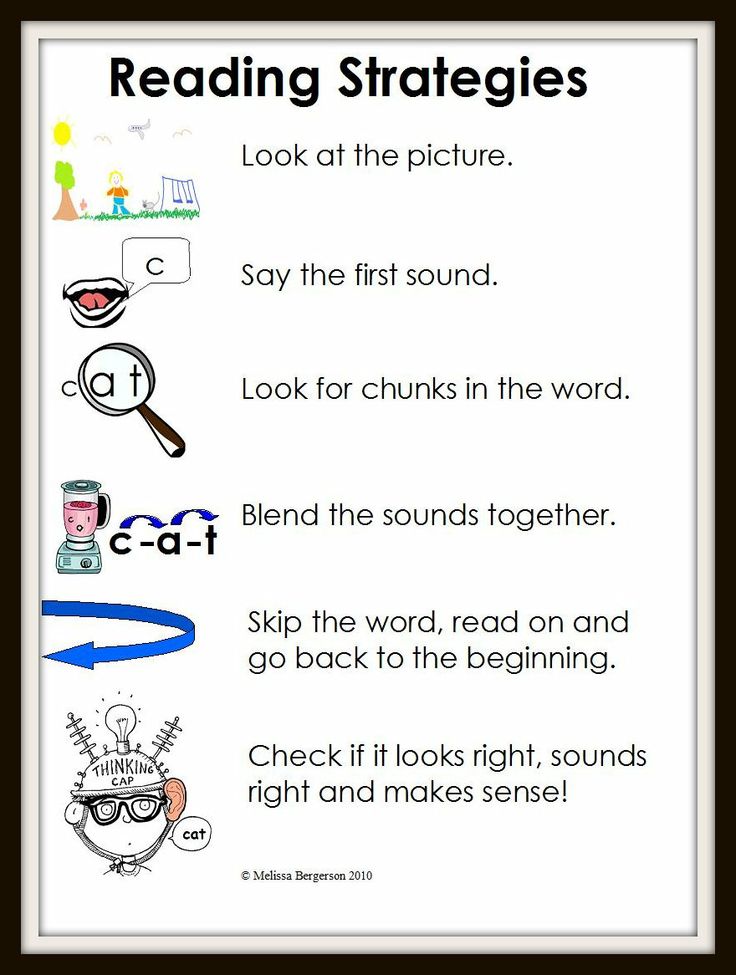 Kids’ creative potential is truly limitless here. And they can “publish” these texts for real audiences. For example, NPR runs a yearly student podcast challenge with real prize money!
Kids’ creative potential is truly limitless here. And they can “publish” these texts for real audiences. For example, NPR runs a yearly student podcast challenge with real prize money!
Putting these strategies into action
Reading and writing don’t take place only at school. They are essential activities in everyday life. And they involve skills that we develop over time with purposeful support from teachers.
Your official job title might not say “teacher,” but you are a huge influence in your child’s life—and that makes you a teacher. These family strategies for reading and writing don’t require special training, only that you and your child spend some quality time talking, reading, and writing together. You’ve got this!
11 Ways Parents Can Help Their Children Read
Parents often ask how they can help their children learn to read; and it’s no wonder that they’re interested in this essential skill. Reading plays an important role in later school success.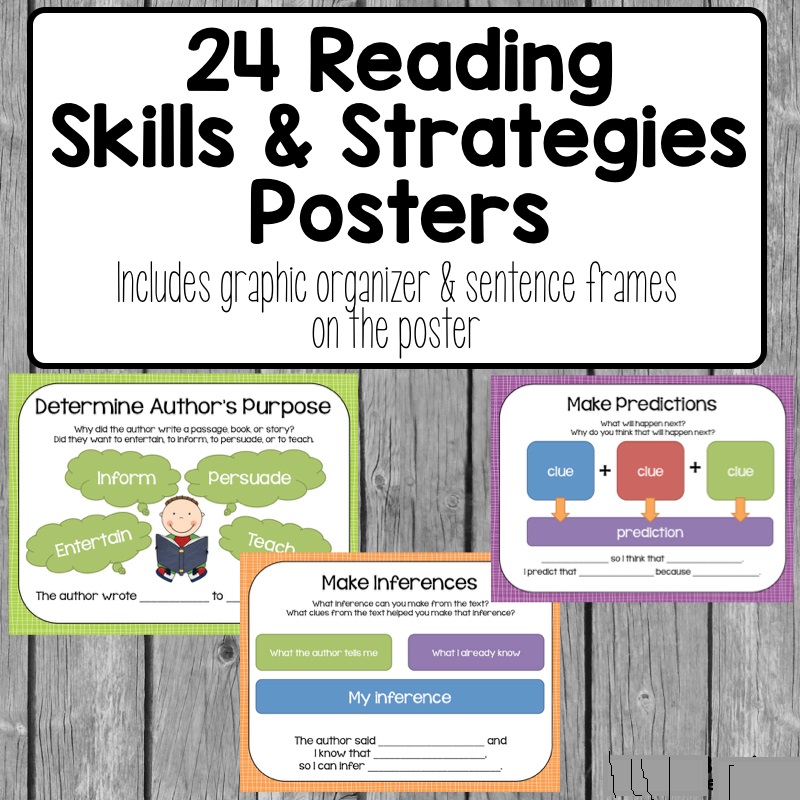 One study even demonstrates that how well 7-year-olds read predicts their income 35 years later!
One study even demonstrates that how well 7-year-olds read predicts their income 35 years later!
Here are 11 practical recommendations for helping preschoolers and school-age students learn to read.
1. Teaching reading will only help.
Sometimes, parents are told early teaching is harmful, but it isn’t true. You simply can’t introduce literacy too early. I started reading to my own children on the days they were each born! The “dangers of early teaching” has been a topic of study for more than 100 years, and no one has ever found any convincing evidence of harm. Moreover, there are hundreds of studies showing the benefits of reading to your children when they are young.
2. Teaching literacy isn’t different than teaching other skills.
You don’t need a Ph.D. to raise a happy, healthy, smart child. Parents have been doing it for thousands of years. Mothers and fathers successfully teach their kids to eat with a spoon, use a potty, keep their fingers out of their noses, and say “please.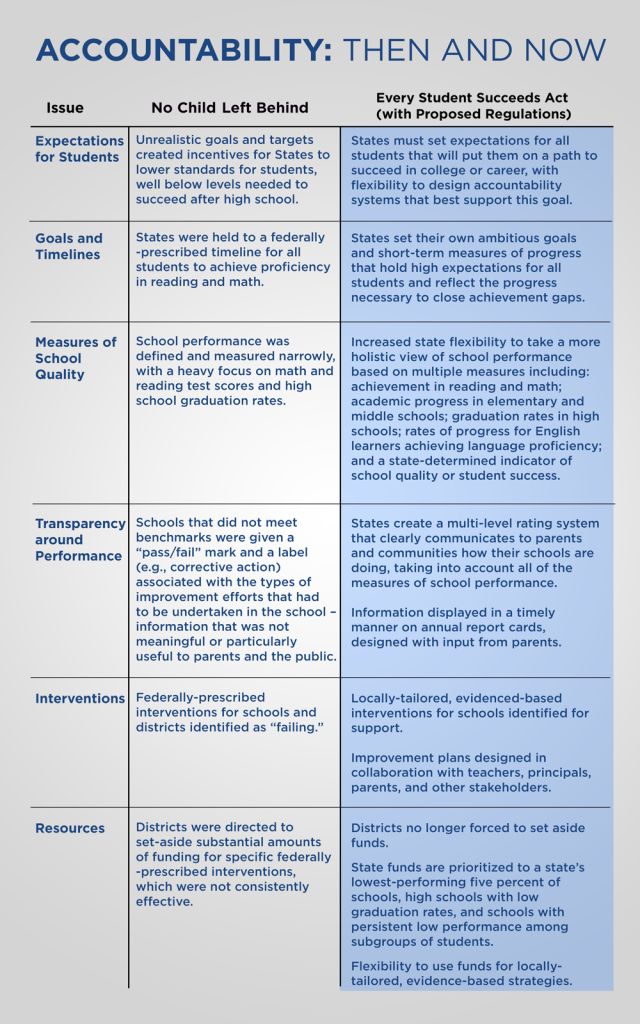 ” These things can be taught pleasantly, or they can be made into a painful chore. Being unpleasant (e.g. yelling, punishing, pressuring) doesn’t work, and it can be frustrating for everyone. This notion applies to teaching literacy, too. If you show your 18-month-old a book and she shows no interest, then put it away and come back to it later. If your child tries to write her name and ends up with a backwards “D,” no problem. No pressure. No hassle. You should enjoy the journey, and so should your child.
” These things can be taught pleasantly, or they can be made into a painful chore. Being unpleasant (e.g. yelling, punishing, pressuring) doesn’t work, and it can be frustrating for everyone. This notion applies to teaching literacy, too. If you show your 18-month-old a book and she shows no interest, then put it away and come back to it later. If your child tries to write her name and ends up with a backwards “D,” no problem. No pressure. No hassle. You should enjoy the journey, and so should your child.
3. Talk to your kids (a lot).
Last year, I spent lots of time with our brand new granddaughter, Emily. I drowned her in language. Although “just a baby,” I talked — and sang — to her about everything. I talked about her eyes, nose, ears, mouth, and fingers. I told her all about her family — her mom, dad, and older brother. I talked to her about whatever she did (yawning, sleeping, eating, burping). I talked to her so much that her parents thought I was nuts; she couldn’t possibly understand me yet.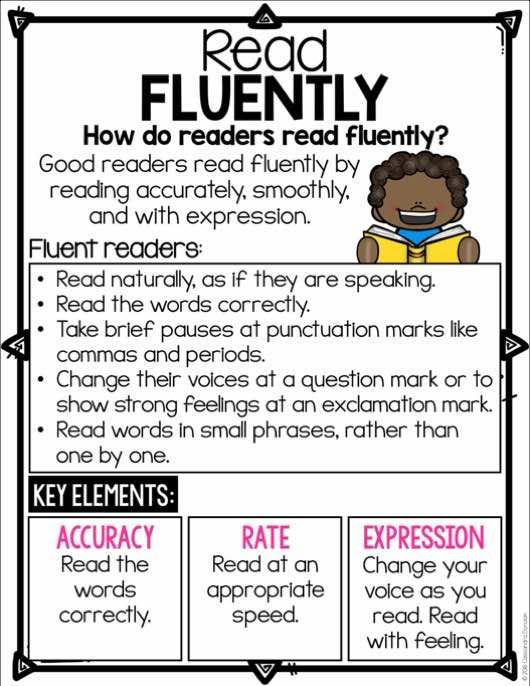 But reading is a language activity, and if you want to learn language, you’d better hear it, and eventually, speak it. Too many moms and dads feel a bit dopey talking to a baby or young child, but studies have shown that exposing your child to a variety of words helps in her development of literacy skills.
But reading is a language activity, and if you want to learn language, you’d better hear it, and eventually, speak it. Too many moms and dads feel a bit dopey talking to a baby or young child, but studies have shown that exposing your child to a variety of words helps in her development of literacy skills.
4. Read to your kids.
I know everyone says this, but it really is a good idea — at least with preschoolers. One of my colleagues refers to this advice as the “chicken soup” of reading education. We prescribe it for everything. (Does it help? It couldn’t hurt.) If a parent or caregiver can’t read or can’t read English, there are alternatives, such as using audiobooks; but for those who can, reading a book or story to a child is a great, easy way to advance literacy skills. Research shows benefits for kids as young as 9-months-old, and it could be effective even earlier than that. Reading to kids exposes them to richer vocabulary than they usually hear from the adults who speak to them, and can have positive impacts on their language, intelligence, and later literacy achievement.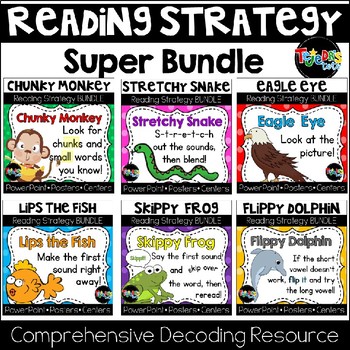 What should you read to them? There are so many wonderful children’s books. Visit your local library, and you can get an armful of adventure. You can find recommendations from kids at the Children’s Book Council website or at the International Literacy Association Children's Choices site. [Reading Rockets also provides guidance and lots of themed booklists in our Children's Books & Authors section.]
What should you read to them? There are so many wonderful children’s books. Visit your local library, and you can get an armful of adventure. You can find recommendations from kids at the Children’s Book Council website or at the International Literacy Association Children's Choices site. [Reading Rockets also provides guidance and lots of themed booklists in our Children's Books & Authors section.]
5. Have them tell you a “story.”
One great way to introduce kids to literacy is to take their dictation. Have them recount an experience or make up a story. We’re not talking “Moby Dick” here. A typical first story may be something like, “I like fish. I like my sister. I like grandpa.” Write it as it is being told, and then read it aloud. Point at the words when you read them, or point at them when your child is trying to read the story. Over time, with lots of rereading, don’t be surprised if your child starts to recognize words such as “I” or “like.” (As children learn some of the words, you can write them on cards and keep them in a “word bank” for your child, using them to review later. )
)
6. Teach phonemic awareness.
Young children don’t hear the sounds within words. Thus, they hear “dog,” but not the “duh”-“aw”- “guh.” To become readers, they have to learn to hear these sounds (or phonemes). Play language games with your child. For instance, say a word, perhaps her name, and then change it by one phoneme: Jen-Pen, Jen-Hen, Jen-Men. Or, just break a word apart: chair… ch-ch-ch-air. Follow this link to learn more about language development milestones in children.
7. Teach phonics (letter names and their sounds).
You can’t sound out words or write them without knowing the letter sounds. Most kindergartens teach the letters, and parents can teach them, too. I just checked a toy store website and found 282 products based on letter names and another 88 on letter sounds, including ABC books, charts, cards, blocks, magnet letters, floor mats, puzzles, lampshades, bed sheets, and programs for tablets and computers. You don’t need all of that (a pencil and paper are sufficient), but there is lots of support out there for parents to help kids learn these skills.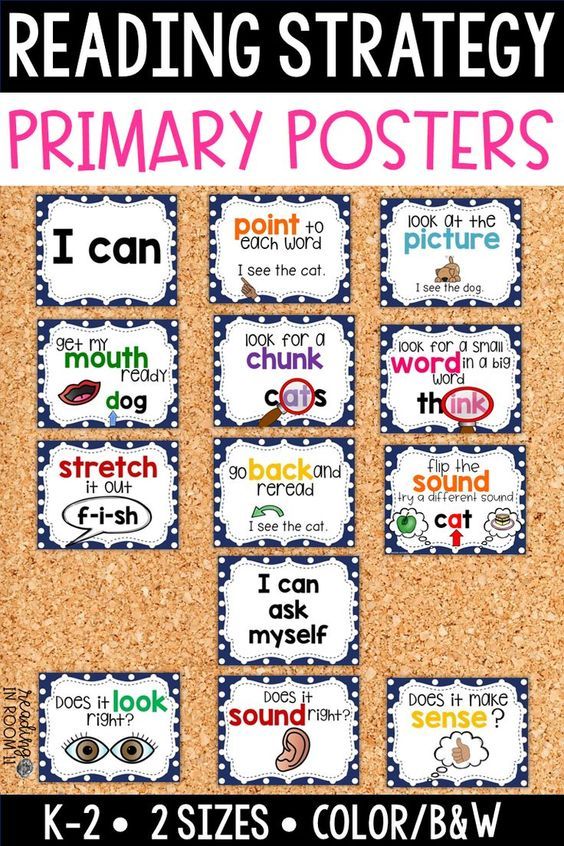 Keep the lessons brief and fun, no more than 5–10 minutes for young’uns. Understanding the different developmental stages of reading and writing skills will help to guide your lessons and expectations.
Keep the lessons brief and fun, no more than 5–10 minutes for young’uns. Understanding the different developmental stages of reading and writing skills will help to guide your lessons and expectations.
8. Listen to your child read.
When your child starts bringing books home from school, have her read to you. If it doesn’t sound good (mistakes, choppy reading), have her read it again. Or read it to her, and then have her try to read it herself. Studies show that this kind of repeated oral reading makes students better readers, even when it is done at home.
9. Promote writing.
Literacy involves reading and writing. Having books and magazines available for your child is a good idea, but it’s also helpful to have pencils, crayons, markers, and paper. Encourage your child to write. One way to do this is to write notes or short letters to her. It won’t be long before she is trying to write back to you.
10. Ask questions.
When your child reads, get her to retell the story or information.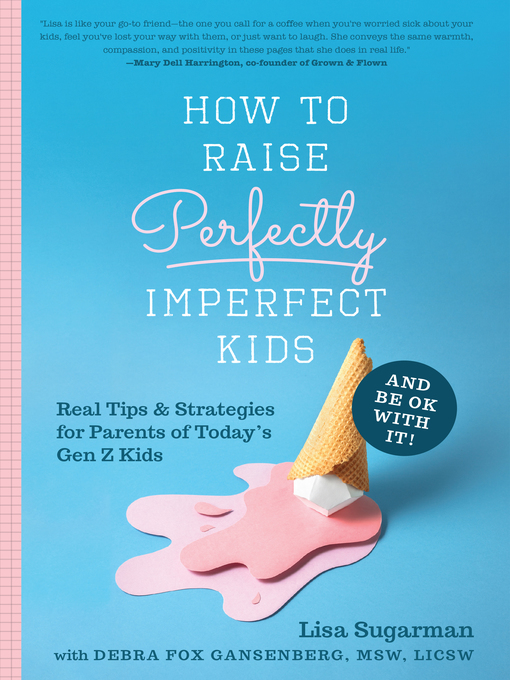 If it’s a story, ask who it was about and what happened. If it’s an informational text, have your child explain what it was about and how it worked, or what its parts were. Reading involves not just sounding out words, but thinking about and remembering ideas and events. Improving reading comprehension skills early will prepare her for subsequent success in more difficult texts.
If it’s a story, ask who it was about and what happened. If it’s an informational text, have your child explain what it was about and how it worked, or what its parts were. Reading involves not just sounding out words, but thinking about and remembering ideas and events. Improving reading comprehension skills early will prepare her for subsequent success in more difficult texts.
11. Make reading a regular activity in your home.
Make reading a part of your daily life, and kids will learn to love it. When I was nine years old, my mom made me stay in for a half-hour after lunch to read. She took me to the library to get books to kick off this new part of my life. It made me a lifelong reader. Set aside some time when everyone turns off the TV and the web and does nothing but read. Make it fun, too. When my children finished reading a book that had been made into a film, we’d make popcorn and watch the movie together. The point is to make reading a regular enjoyable part of your family routine.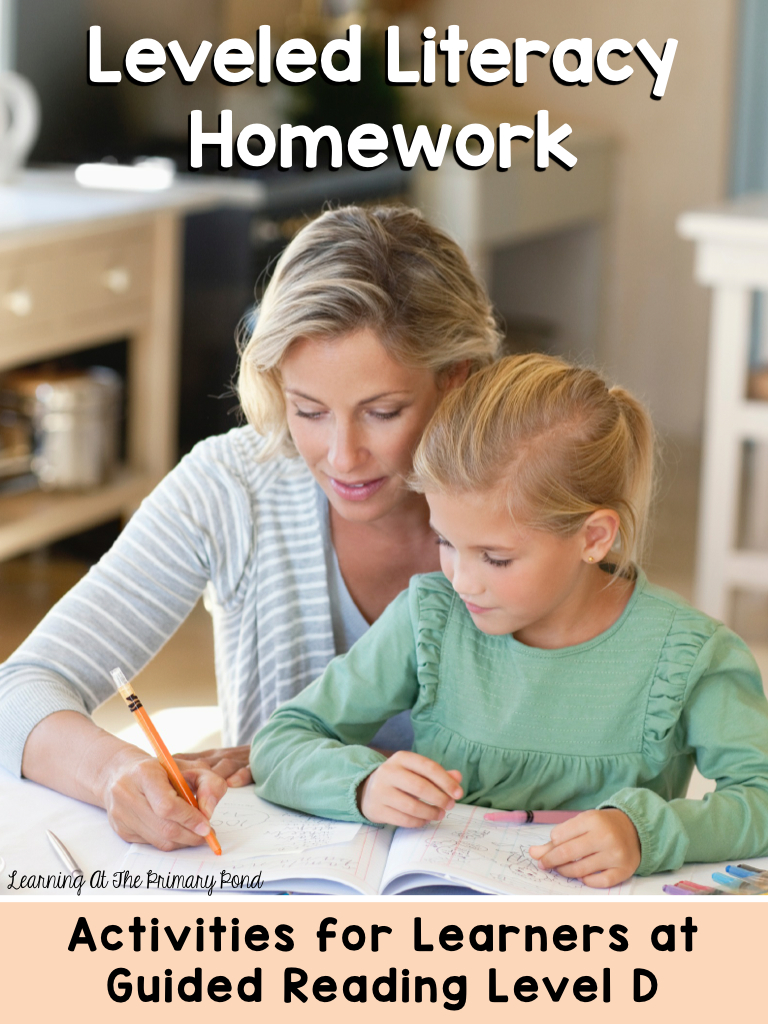
Happy reading!
Sources:
Ritchie, S.J., & Bates, T.C. (2013). Enduring links from childhood mathematics and reading achievement to adult socioeconomic status. Psychological Science, 24, 1301-1308.
Karass J., & Braungart-Rieker J. (2005). Effects of shared parent-infant reading on early language acquisition. Journal of Applied Developmental Psychology, 26, 133-148.
Strategies for meaningful reading
The problem of teaching reading is one of the main issues facing pedagogy. According to experts, the current situation in Russia can be defined as a systemic crisis in the reader's culture.
Today, reading, along with writing and computer skills, is one of the basic skills that make it possible to work productively and communicate freely with different people. But it is not enough to teach a student to read, it is not enough to form and develop his reading technique skills, it is necessary to create such conditions that the student wants to read, gradually comprehending the complex forms of the text, so that his reading competence is formed and developed, and so that he becomes a person who owns the culture of reading.
Semantic reading includes the ability to comprehend the goals and objectives of reading, the ability to find and extract information from various texts, the ability to work with fiction, popular science, official texts, the ability to understand and adequately evaluate information from a text. To do this, it is not enough just to read the text, it is necessary to understand the content of the text as accurately and fully as possible, to catch all the details and practically comprehend the extracted information, which is the purpose of semantic reading. Semantic reading is a meta-subject result of mastering the educational program of basic general education.
The current interdisciplinary curriculum, provided for by the new educational standards, is the program "Fundamentals of Semantic Reading", which has been tested in the MOU "Secondary School No. points on the Unified State Examination in Russian language and literature, etc.). The content of the program is based on the experience of students working with text in elementary school.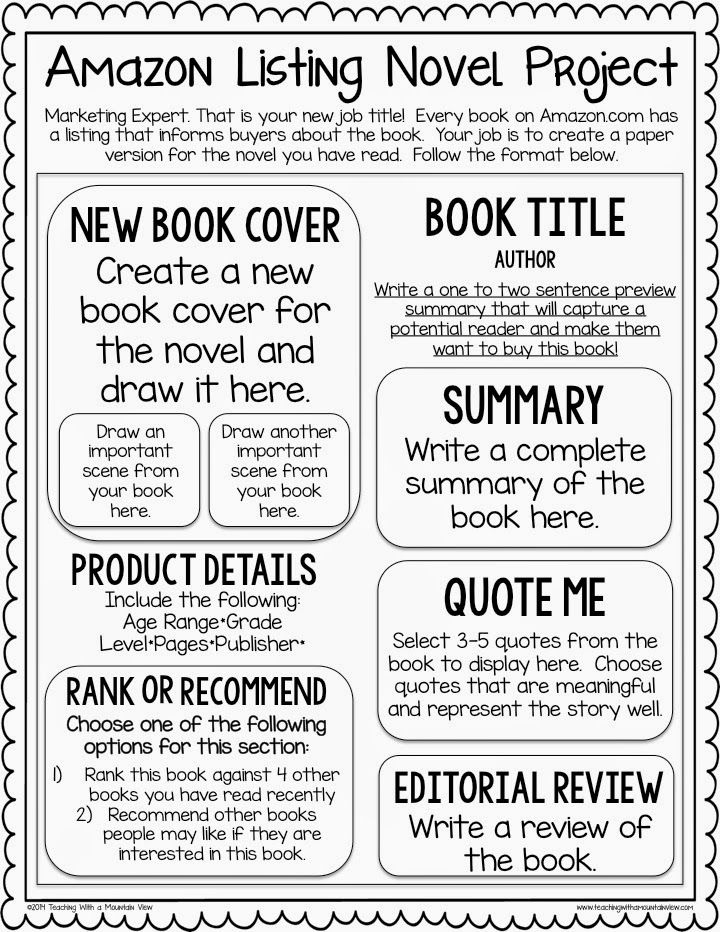 In grades 5-6, education is based on scientific, journalistic and artistic texts.
In grades 5-6, education is based on scientific, journalistic and artistic texts.
Semantic reading, as a universal action, is formed through the use of the following technologies and forms of work by the teacher: technology of problem-based learning; interactive technologies; critical thinking technologies.
To work with text at each stage, the student must learn to choose their own strategies. Learning strategies are a set of actions that a learner takes to make learning easier and more effective.
If successful, the student remembers the ways of his actions, operations, resources used, transfers the strategy to other situations, makes it universal. The number of strategies and the frequency of their use are individual.
All existing reading strategies can be divided into three groups: pre-text activity strategies; strategies for textual activity strategies for post-textual activity. The most important, in my opinion, are the pre-text tasks, the better this stage is organized, the easier it is for the student to read the text and the higher the result achieved.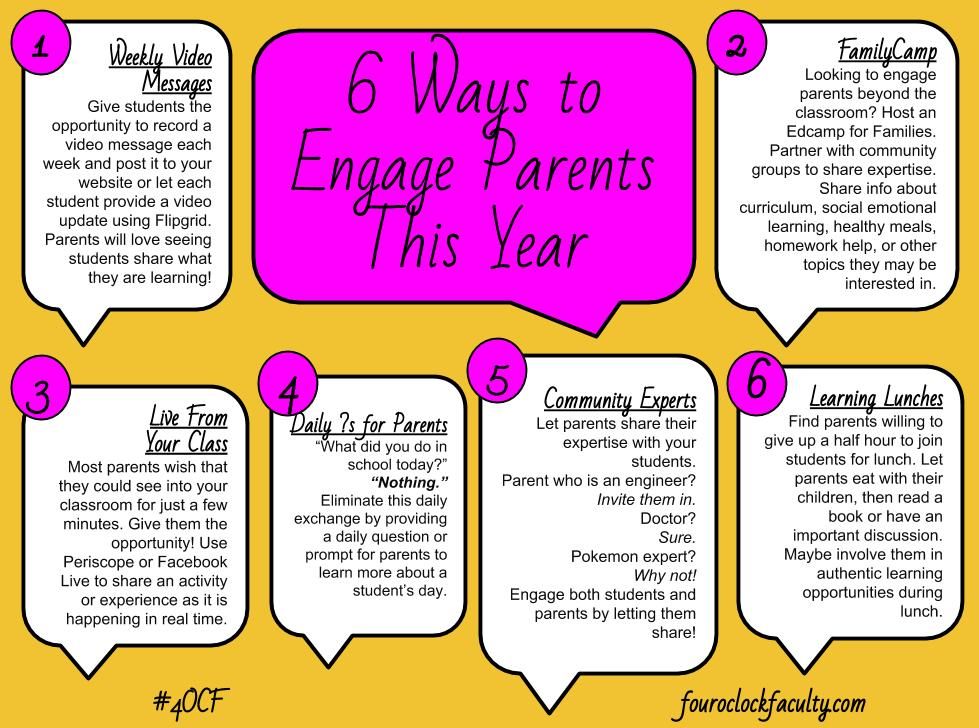
Consider some of the strategies used on the example of A. Platonov's fairy tale "The Unknown Flower".
PRE-TEXT
1. Competing with a writer
The goal of strategy is to motivate people to read the book.
Quest: Review the illustrations and suggest your own version of the book's plot.
2. Brainstorming
The goal of strategy is to update prior knowledge and experience relevant to the text.
Task: what associations do you have about the stated topic?
3. Battery of questions
The purpose of strategy is to recall important information related to the topic of the text.
- Who are the pioneers?
- What do children do at summer camp?
- What does it take for a plant to grow? Etc.
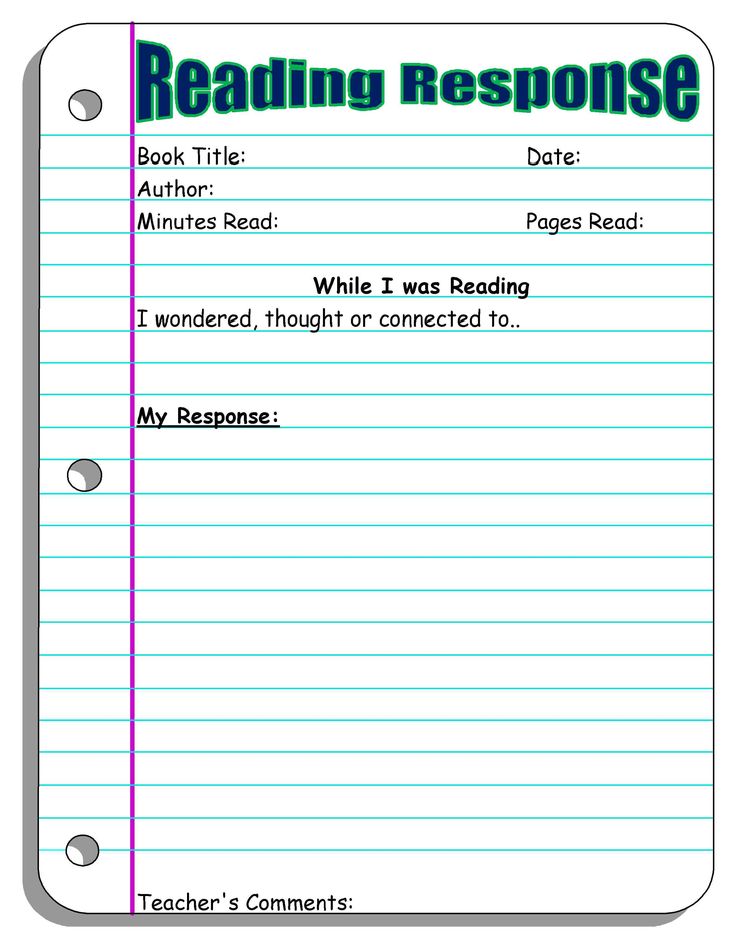
4. "Dissection of the Question"
The goal of the strategy is a semantic guess about the possible content of the text based on the analysis of its title.
Task: read the title of the text and divide it into semantic parts. What do you think the text will be about?
TEXT
1. Stop reading
- How did the flower appear in this wasteland? How did he fight hard and not die?
- Did she notice the flower? What do you think happened next?
There lived a small flower in the world. No one knew that he was on earth. He grew up alone in a wasteland; cows and goats did not go there, and the children from the pioneer camp never played there. Grass did not grow in the wasteland, but only old gray stones lay, and between them was dry, dead clay. Only one wind walked through the wasteland; like a grandfather-sower, the wind carried the seeds and sowed them everywhere - both in the black damp earth and on the bare stone wasteland.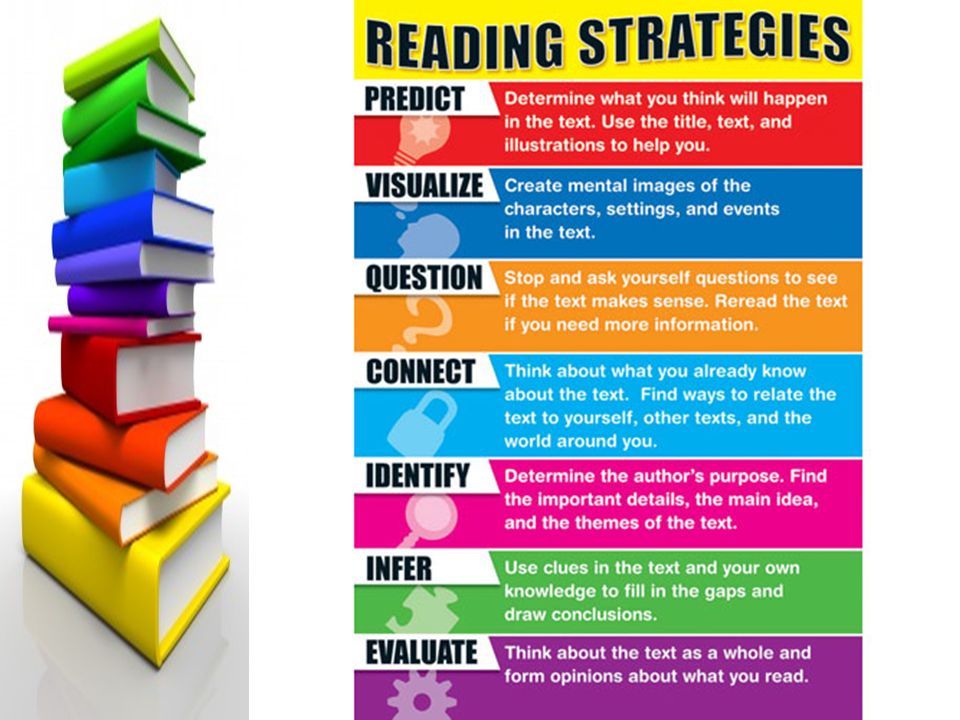 In the black good earth, flowers and herbs were born from seeds, and in stone and clay, the seeds died. STOP.
In the black good earth, flowers and herbs were born from seeds, and in stone and clay, the seeds died. STOP.
And then one morning the girl Dasha was walking past that wasteland. She lived with her friends in a pioneer camp, and this morning she woke up and missed her mother. She wrote a letter to her mother and took the letter to the station so that it would reach her sooner. On the way, Dasha kissed the envelope with the letter and envied him that he would see his mother sooner than she did. STOP.
2. Reading silently with questions
The goal of strategy is to teach you to read the text thoughtfully by asking increasingly complex questions.
Task for the group: read the first paragraph and ask questions, the rest of the group must answer them.
3. Reading to yourself with notes
While reading the passage, the student makes notes in the text:
- V - already knew;
- + - new;
- - - thought otherwise;
- ? - I do not understand, there are questions.
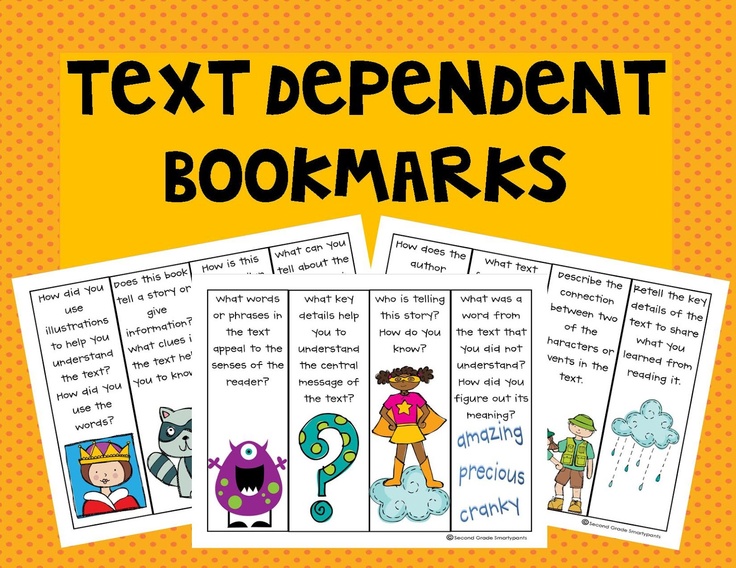
4. Reading (alternate aloud)
Our task is to read with understanding, the task of the listeners is to ask the reader questions to check whether he understands the text being read.
POST-TEXT
1. Riddles (content check)
The purpose of this strategy is to test the reader's knowledge of the text of the work.
- Did the unknown flower smell?
- When did the flower open its corolla: at the beginning, middle or end of summer?
2. Quotes (who said?)
The purpose of strategy is to draw attention to the linguistic features of the text that characterize the character.
Quest: Match the hero's name with the quote from the book.
| 1. 2. Nobody calls me | 1. Flower 2. Dasha |
3. Traits of character
The goal of strategy is to teach text interpretation.
Quest: mark the traits that the hero of the book possesses.
| hardworking | reasonable |
4.
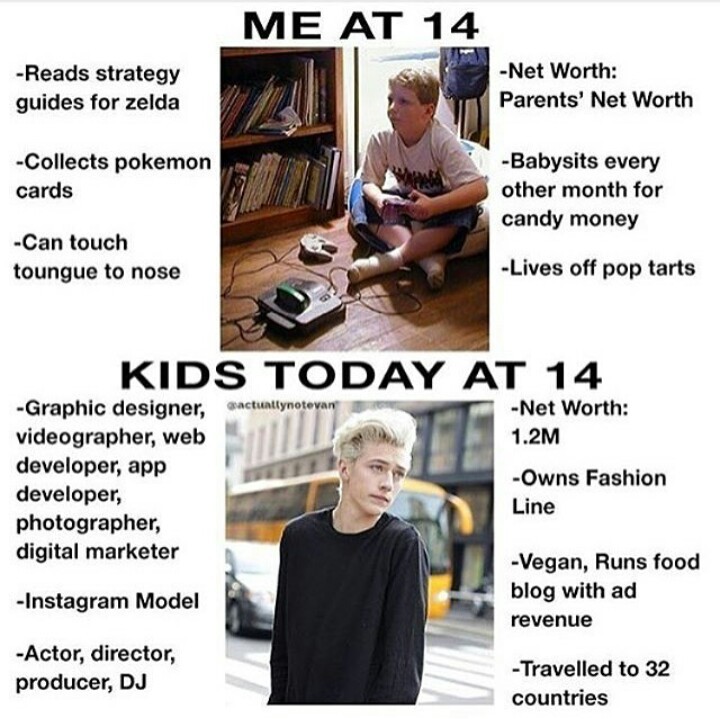 Review, feedback on the text
Review, feedback on the text Plan.
- Where and when events take place.
- Theme and main idea of the work.
- Highlight the places in the work that made the greatest impression.
- Characteristics of the heroes.
- The language of the work.
- Opinion and its rationale.
5. Cinquain (five-line)
The purpose of this strategy is to show one's attitude to the text.
1. Topic (word, concept)
FLOWER
2. Two adjectives showing relation to the topic
BEAUTIFUL, STRONG
3. Three verbs
BREAKING, FLOWERING, REBIRTHING
4. A four-word sentence
TOMORROW WILL BE A NEW LIFE
5.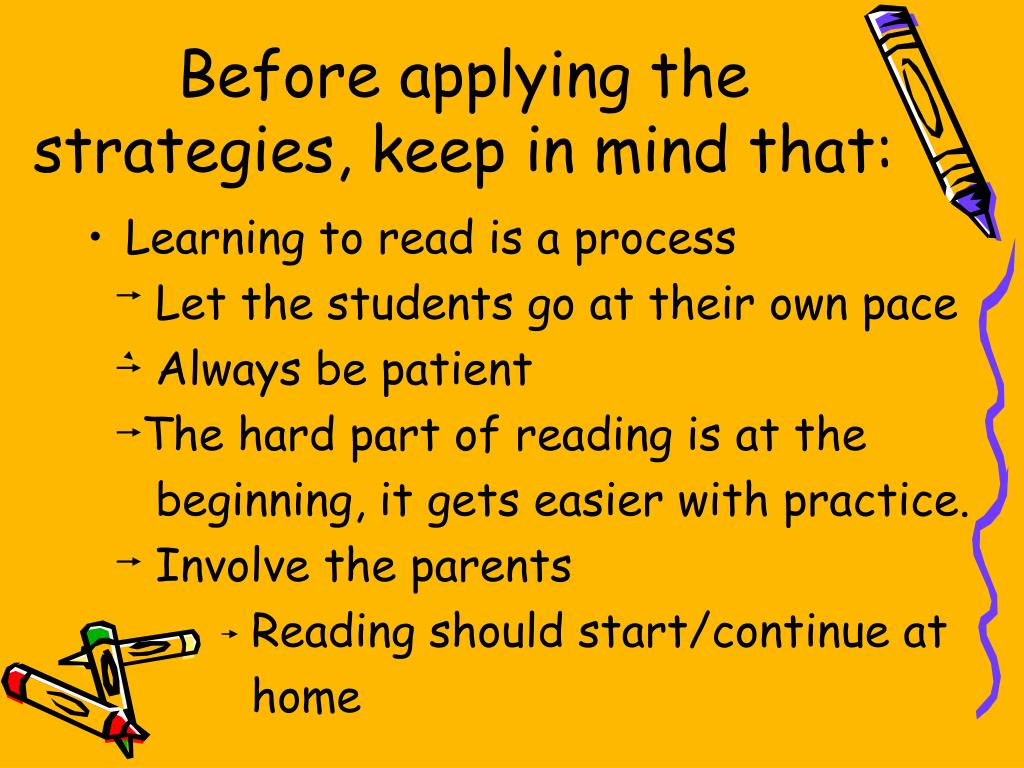 Synonym for the concept or emotional attitude to the topic
Synonym for the concept or emotional attitude to the topic
FIGHTER
In conclusion, I would like to emphasize that semantic reading forms cognitive interest, activates the imagination, develops speech, thinking, and also teaches how to work with information. The introduction of semantic reading strategies and technologies by teachers of various academic disciplines will make students full members of the information society.
Techniques for teaching the strategy of semantic reading and working with text
1. Introduction
the need to develop new approaches to teaching reading.
Problems:
- children have low reading speed, as a result of which they spend a lot of time doing homework,
- they often do not understand the meaning of what they read due to reading errors and incorrect intonation,
- they cannot extract the necessary information from the proposed text, highlight the main thing in what they read,
- they find it difficult to briefly retell the content,
- when performing independent work, tests of different levels, students make mistakes due to misunderstanding of the wording of the task,
- rarely refer to texts of a cognitive nature.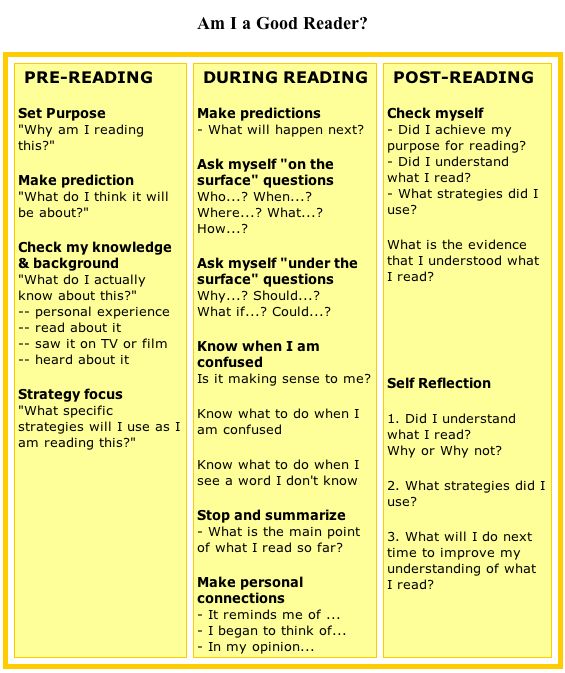
That is, a serious contradiction arises: on the one hand, the modern world brings down a huge amount of information on us, on the other hand, our children do not read much, do not have the skills of semantic reading, and do not know how to work with information.
It is not so important to read a lot, it is much more necessary to process what you read in your mind in a quality manner. Having comprehended and structured the text in a certain way, it is much easier to convey its content and learn the main thing.
The current interdisciplinary curriculum, provided for by the new educational standards, is the program "Fundamentals of semantic reading and working with text." The program is aimed at forming and developing the foundations of reading competence necessary for students to implement their future plans, including continuing education and self-education, preparing for work and social activities. Today, reading, along with writing and computer skills, is one of the basic skills that allow you to work productively and communicate freely with different people. Reading is a universal skill: it is something taught and something through which one learns. As scientists have established, about 200 factors affect student performance. Factor #1 is reading skill, which has a far greater impact on academic performance than all of them combined. Research shows that in order to be competent in all subjects and later in life, a person needs to read 120-150 words per minute. This becomes a necessary condition for the success of working with information. Reading is the foundation of all educational outcomes.
Reading is a universal skill: it is something taught and something through which one learns. As scientists have established, about 200 factors affect student performance. Factor #1 is reading skill, which has a far greater impact on academic performance than all of them combined. Research shows that in order to be competent in all subjects and later in life, a person needs to read 120-150 words per minute. This becomes a necessary condition for the success of working with information. Reading is the foundation of all educational outcomes.
2. Semantic reading in the context of the new Federal State Educational Standards
Federal standards include in the meta-subject results of mastering OOP as a mandatory component "mastering the skills of semantic reading of texts of various styles and genres in accordance with the goals and objectives."
Semantic reading is a type of reading aimed at understanding the semantic content of the text by the reader.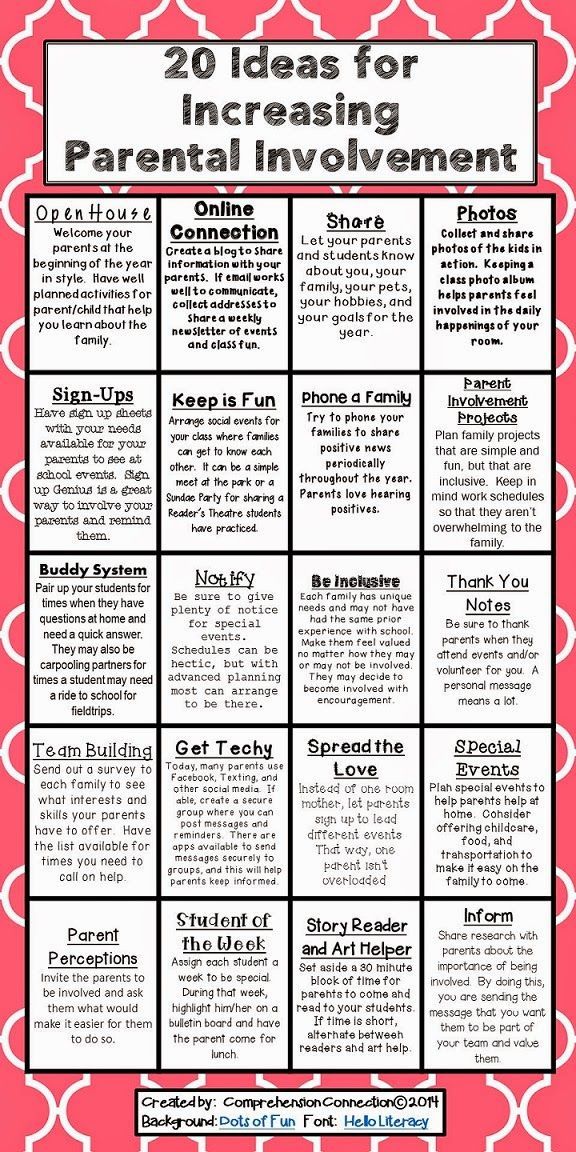 For semantic understanding, it is not enough just to read the text, it is necessary to evaluate the information, respond to the content.
For semantic understanding, it is not enough just to read the text, it is necessary to evaluate the information, respond to the content.
In the concept of universal educational activities (Asmolov A.G., Burmenskaya G.V., Volodarskaya I.A., etc.) actions of semantic reading related to:
- understanding the purpose and choosing the type of reading depending on the tasks;
- definition of primary and secondary information;
- by formulating the problem and the main idea of the text.
For semantic understanding, it is not enough just to read the text, it is necessary to evaluate the information, respond to the content. The concept of "text" should be interpreted broadly. It can include not only words, but also visual images in the form of diagrams, figures, maps, tables, graphs.
Since reading is a meta-subject skill, its constituent parts will be in the structure of all universal educational activities:
- personal UUD includes reading motivation, learning motives, attitude towards oneself and school;
- in the regulatory UUD - the student's acceptance of the learning task, arbitrary regulation of activity;
- in cognitive UUD - logical and abstract thinking, working memory, creative imagination, concentration of attention, vocabulary volume.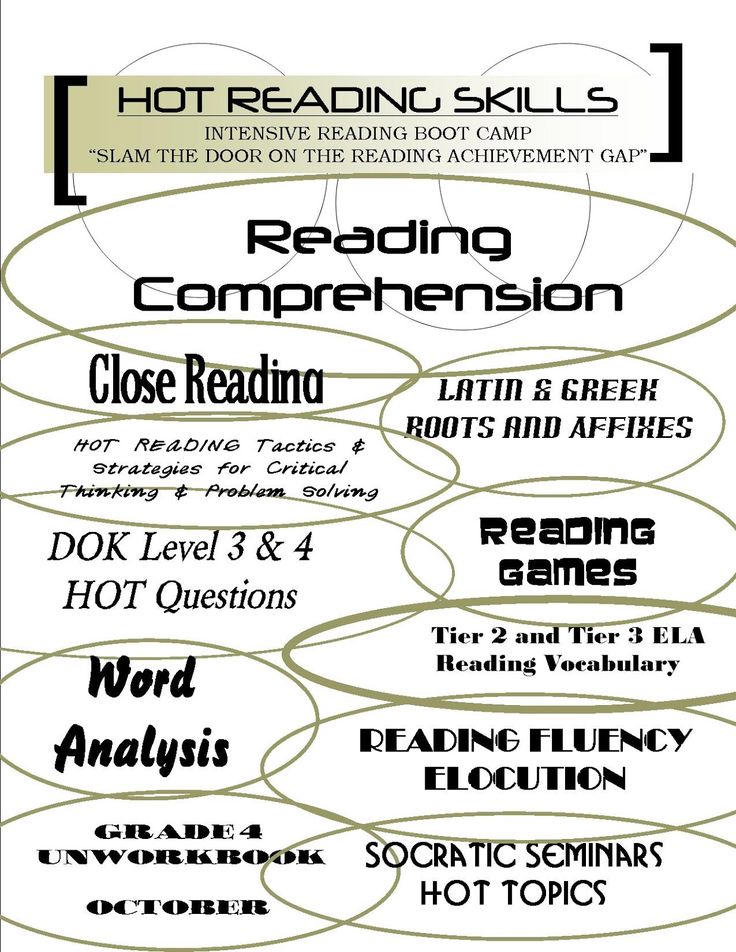
- in communicative UUD - the ability to organize and implement cooperation and cooperation with a teacher and peers, adequately convey information, display subject content.
The diagram shows groups of meta-subject results related to semantic reading.
3. Semantic reading strategies
To work with the text at each stage, the reader chooses his own strategies. Learning strategies are a set of actions that a learner takes in order to facilitate learning, make it more effective, efficient, faster, more enjoyable, aim and bring learning activities closer to their own goals.0003
The term "reading strategies" was born at the dawn of psycholinguistics, and its appearance is associated with the work of Kenneth Goodman and Peter Kolers (70s). (slide 14) The most general definition of J. Bruner became fundamental for all subsequent works: “A strategy is a certain way of acquiring, storing and using information that serves to achieve certain goals in the sense that it should lead to certain results. ”
”
If successful, the student remembers the ways of his actions, operations, resources used, transfers the strategy to other situations, makes it universal. The number of strategies and the frequency of their use are individual.
Strategy No. 1. Directed reading
Purpose: to form the ability to purposefully read the educational text. Ask questions and lead group discussions.
1. Update. Reception "Associative Bush": the teacher writes a keyword or title of the text, students express their associations one by one, the teacher writes down. The use of this technique allows you to update knowledge, motivate subsequent activities, activate the cognitive activity of students, set them up for work.
2. The students silently read a short text or part of the text, stopping at the indicated places.
3. The teacher asks a problematic question on what has been read.
4. The answers of several students are discussed in class.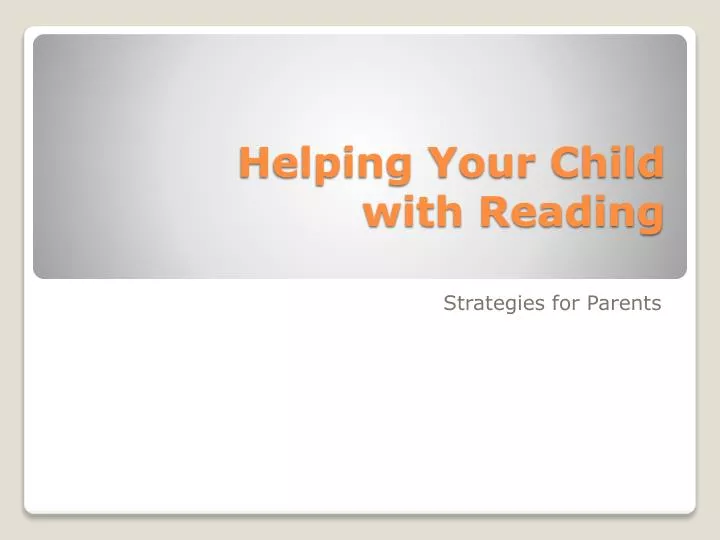
5. The students make an assumption about the further development of the event.
Strategy #2. Reading in pairs - generalization in pairs
Purpose: to form the ability to highlight the main thing, summarize what was read in the form of a thesis, ask problematic questions.
1. The students silently read the text or part of the text chosen by the teacher.
2. The teacher puts the students in pairs and gives clear instructions. Each student alternately performs two roles: speaker - reads and summarizes the content in the form of one thesis; the respondent listens to the speaker and asks him two substantive questions. Next comes the role reversal.
3. The teacher invites all students to the discussion.
Strategy No. 3. Reading and asking
Purpose: to form the ability to work independently with printed information, formulate questions, work in pairs.
1. Students silently read the proposed text or part of the text chosen by the teacher.
2. The students work in pairs and discuss which key words should be highlighted in the reading. (Which words occur most often in the text? How many times? Which words are in bold? Why?
If you were to read the text aloud, how would you make it clear that this sentence is the main one? It is about highlighting the phrase voice, which hides an unobtrusive but reliable memorization.)
3. One of the students formulates a question using key words, the other answers it.
4. Discuss key words, questions and answers in class. Correction.
Strategy No. 4. Double entry diary
Purpose: to form the ability to ask questions while reading, critically evaluate information, compare what is read with one's own experience.
1. The teacher instructs the students to divide the notebook into two parts.
2. In the process of reading, students should write down on the left side the moments that struck, surprised, reminded of some facts, caused any associations; on the right - write a concise commentary: why this particular moment surprised you, what associations it caused, what thoughts it prompted.
Strategy No. 5. Reading with notes
Goal: to form the ability to read thoughtfully, evaluate information, formulate the author's thoughts in your own words.
The teacher gives the students the task to write information in the margins with icons according to the following algorithm:
- V Familiar information
- + New information
- - I thought (thought) otherwise
- ? This interested me (surprised), I want to know more
The essence of semantic reading strategies is that the strategy is related to choice, functions automatically at the unconscious level and is formed in the course of the development of cognitive activity.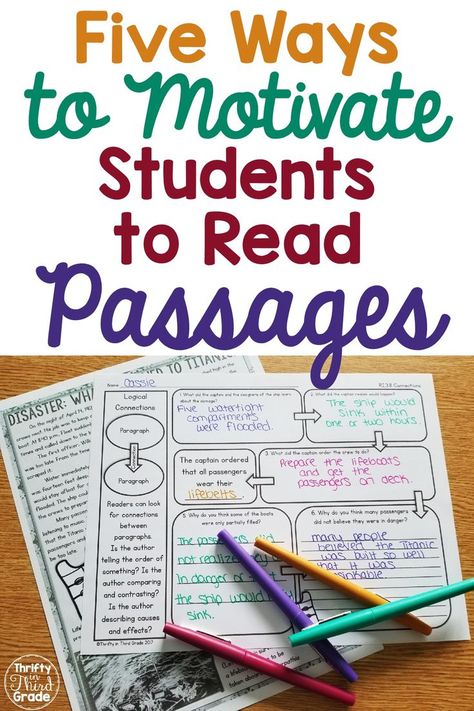 Teaching reading strategies includes the acquisition of skills:
Teaching reading strategies includes the acquisition of skills:
- Distinguishing types of message content - facts, opinions, judgments, assessments;
- recognition of the hierarchy of meanings within the text - the main idea, theme and its components;
- own understanding - the process of reflective perception of the cultural meaning of information.
Mastering strategies occurs mainly in groups or pairs, which allows students to develop not only speech, but also communicative competence.
4. Techniques for teaching the strategy of semantic reading and working with text
The strategy of semantic reading provides understanding of the text by mastering the techniques of mastering it at the stages before reading, during reading and after reading. Working with any text involves three stages: pre-text activity, text and post-text activity
Stage 1. Work with text before reading.
1. Anticipation (anticipation, anticipation of the upcoming reading).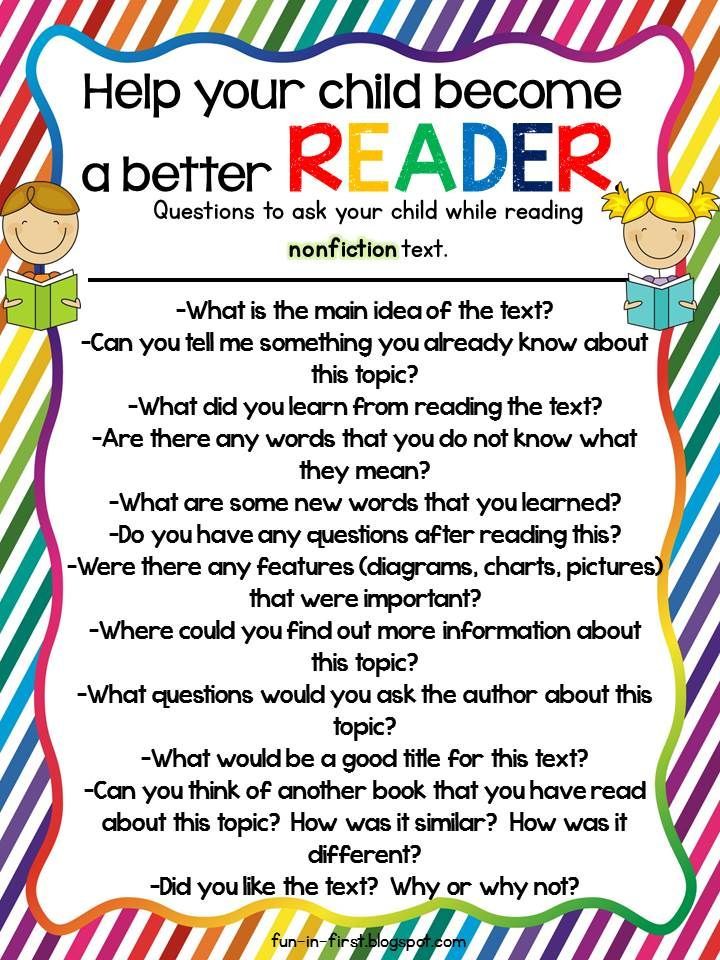 Determining the semantic, thematic, emotional orientation of the text, highlighting its heroes by the title of the work, the name of the author, key words, illustrations preceding the text based on the reader's experience.
Determining the semantic, thematic, emotional orientation of the text, highlighting its heroes by the title of the work, the name of the author, key words, illustrations preceding the text based on the reader's experience.
2. Setting the objectives of the lesson, taking into account the general (educational, motivational, emotional, psychological) readiness of students for work.
Purpose of stage 1: development of the most important reading skill, anticipation, that is, the ability to guess, predict the content of the text by title, author's name, illustration.
Techniques of pre-text activity:
If earlier, according to the traditional method, only one task “Read the text” was given at the stage of pre-reading the text, and the main attention was paid to control of reading comprehension, now we know that the better organized the stage of pre-reading, the easier it is for the student to read the text and the higher the result achieved by him.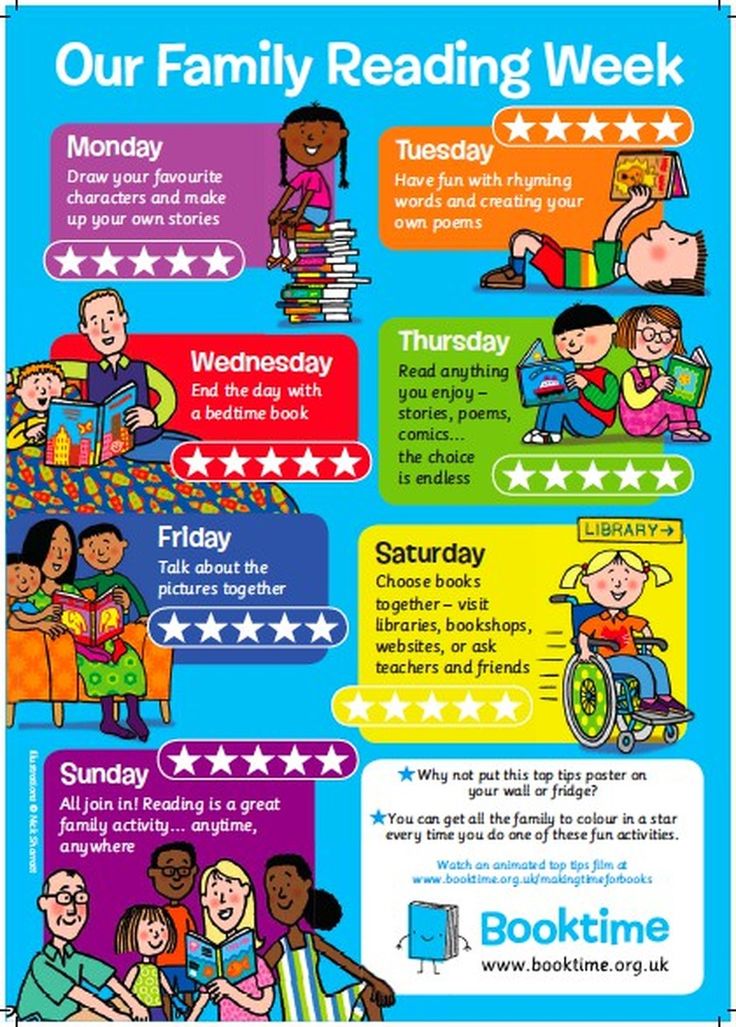
Pre-text orienting techniques are aimed at staging reading and, consequently, at choosing the type of reading, updating previous knowledge and experience, concepts and vocabulary of the text, as well as creating motivation for reading.
Most common techniques:
- Brainstorming
- Glossary
- "Landmarks of anticipation"
- Preliminary Questions
- "Dissection questions".
Brainstorming, Headline Forecast.
The goal is to update previous knowledge and experience related to the topic of the text.
The question is asked: what associations do you have about the stated topic?
Associations are written on the board.
The teacher can add various information.
Reading text. Comparison of information with that learned from the text.
"Glossary"
The purpose of is to update and repeat the vocabulary related to the topic of the text.
The teacher says the name of the text, gives a list of words and suggests marking those that may be related to the text.
Having finished reading the text, they return to these words (this will be a post-text strategy) and look at the meaning and use of the words used in the text.
"Landmarks of anticipation"
The purpose of is to update previous knowledge and experience related to the topic of the text. Students are given judgments. They should mark the ones they agree with. After reading, they mark them again. If the answer has changed, then the students explain why this happened (post-text strategy)
“Dissections of the Question”
The goal of is a semantic guess about the possible content of the text based on the analysis of its title. It is proposed to read the title of the text and divide it into semantic groups. What do you think the text will be about?
“Preliminary questions”
The purpose of is to update existing knowledge on the topic of the text.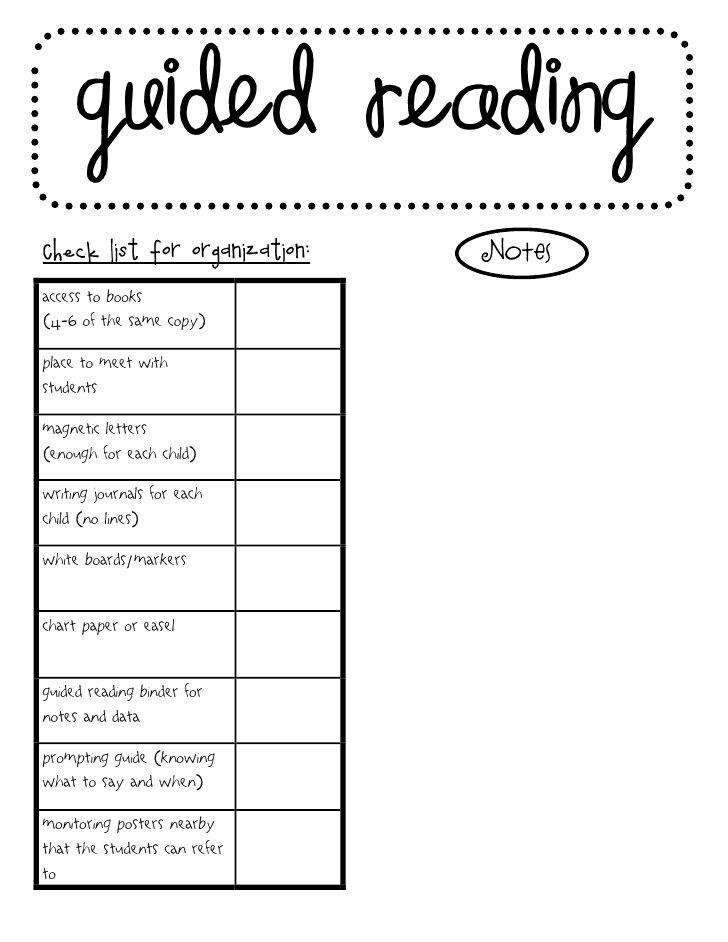
Detailed reception algorithm:
1. Scan the text quickly. (Review reading.)
2. Answer the question posed in the title of the text.
Stage 2. Working with text while reading.
Purpose of stage 2: understanding of the text and creation of its reader's interpretation (interpretation, evaluation).
1. Primary reading of the text. Independent reading in the classroom or reading-listening, or combined reading (at the choice of the teacher) in accordance with the characteristics of the text, age and individual abilities of students. Identification of primary perception (with the help of a conversation, fixing primary impressions, related arts - at the teacher's choice).
2. Rereading the text. Slow "thoughtful" repeated reading (of the entire text or its individual fragments). Text analysis. Statement of a clarifying question for each semantic part.
3. Conversation on the content of the text. Summary of what has been read.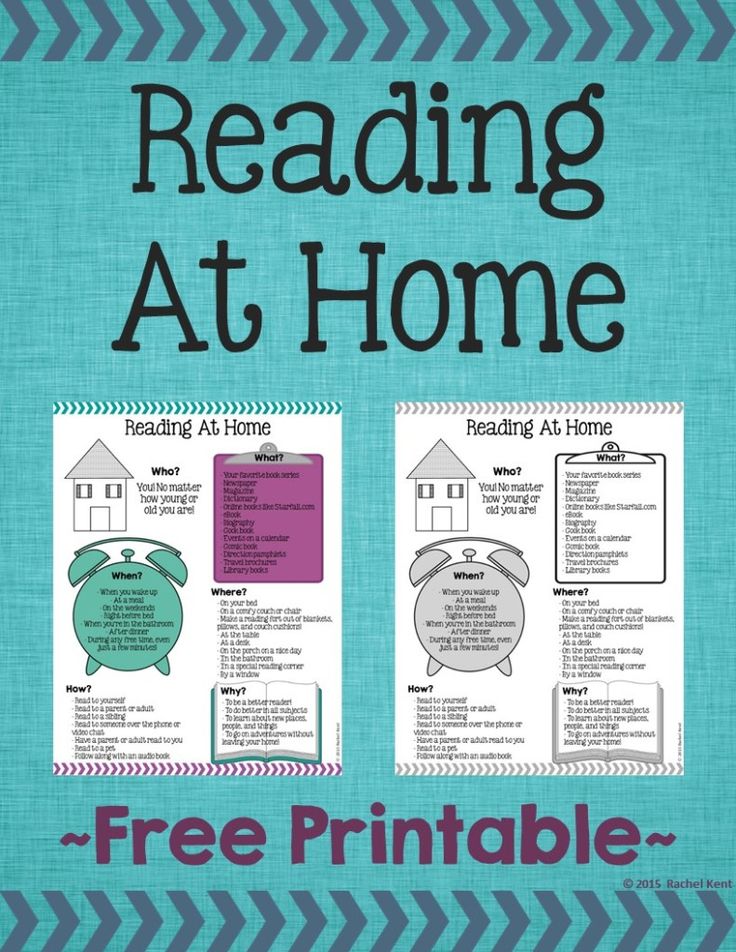 Identification of the hidden meaning of the work, if any. Statement of generalizing questions to the text, both by the teacher and by the children. Appeal (if necessary) to individual fragments of the text.
Identification of the hidden meaning of the work, if any. Statement of generalizing questions to the text, both by the teacher and by the children. Appeal (if necessary) to individual fragments of the text.
Text activities include:
- Read aloud
- "Reading to yourself with questions"
- "Reading with stops"
- "Reading to yourself with a note"
"Reading aloud"
The goal is to check the understanding of the text read aloud .
1. Reading text paragraph by paragraph. The task is to read with understanding, the task of the listeners is to ask the reader questions to check whether he understands the text being read.
2. Listeners ask questions about the content of the text, the reader answers. If his answer is incorrect or inaccurate, the listeners correct him.
“Reading to yourself with questions”
The goal is to teach you to read the text thoughtfully by asking yourself increasingly difficult questions .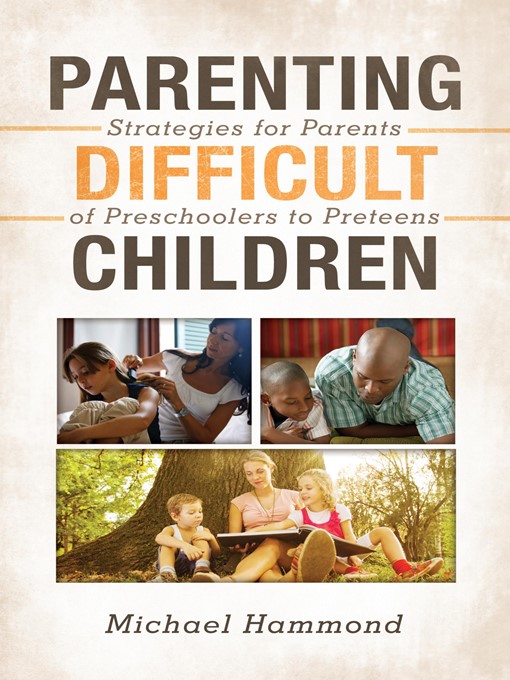
1. Reading the first paragraph. Questions are being asked.
2. Reading the second paragraph to yourself. Work in pairs. One student asks questions, the other answers.
3. Reading the third paragraph. They change roles. They ask questions and answer.
Stop Reading
Goals - managing the process of understanding the text while reading it.
Reading the text with stops during which questions are asked. Some of them are aimed at testing understanding, others - at predicting the content of the following passage.
“Reading to yourself with notes” (“Insert”)
The goal is to monitor the understanding of the text being read and its critical analysis . This strategy is most often used to work with complex scientific texts. It is used to stimulate more careful reading. Reading becomes an exciting journey.
1. Individual reading.
While reading, the student makes notes in the text:
- V – already knew;
- + - new;
- - thought differently;
- ? - I do not understand, there are questions.
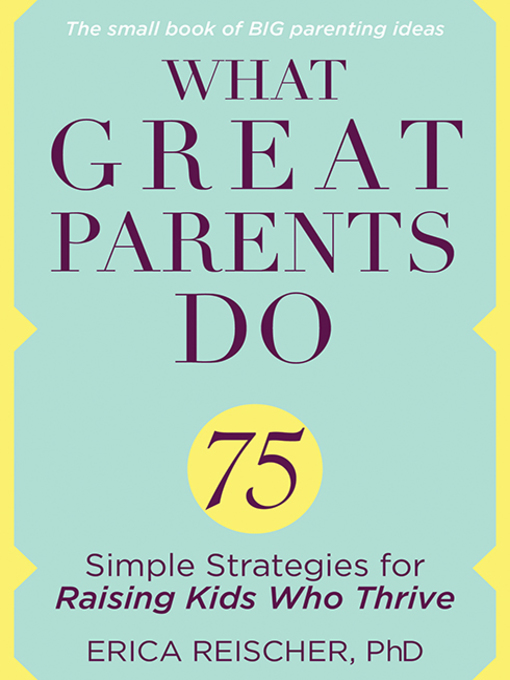
2. Reading, the second time, fill in the table, systematizing the material.
| Already knew (V) | Learned something new (+) | Thought otherwise (–) | Any questions (?) |
Records - keywords, phrases. After completing the table, students will have a mini-outline. After the students fill in the table, we summarize the results of the work in the conversation mode. If the students have any questions, then I answer them, having previously found out if one of the students can answer the question that has arisen. This technique contributes to the development of the ability to classify, systematize incoming information, highlight the new.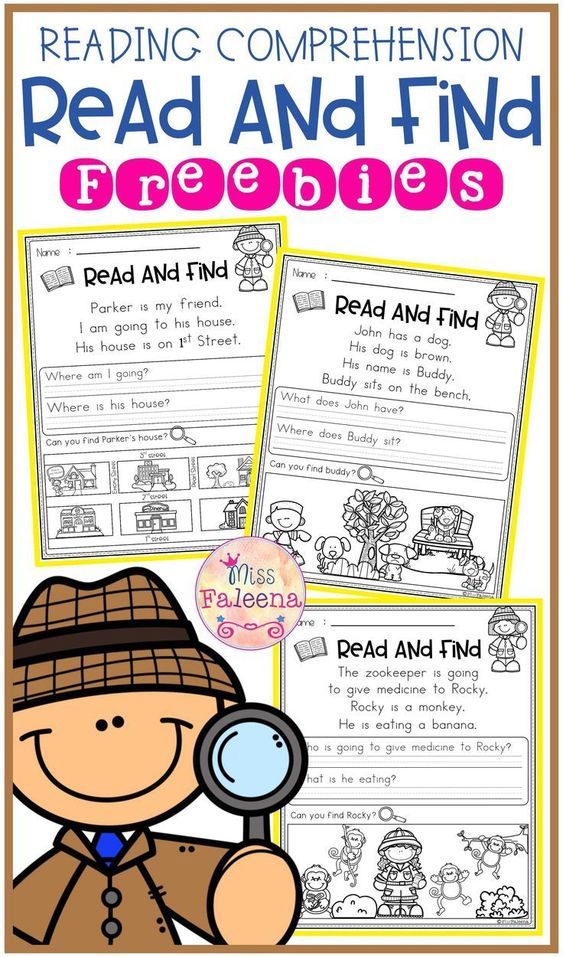
“Creating a question plan”.
The student carries out a semantic grouping of the text, highlights the strong points, divides the text into semantic parts and titles each part with a key question
Stage 3. Working with text after reading .
Purpose: correction of the reader's interpretation in accordance with the author's intention
1. Conceptual (semantic) conversation on the text. Collective discussion of the read, discussion. Correlation of readers' interpretations (interpretations, evaluations) of the work with the author's position. Identification and formulation of the main idea of the text or the totality of its main meanings.
2. Acquaintance with the writer. Story about a writer. Talk about the personality of the writer. Working with textbook materials, additional sources.
3. Work with the title, illustrations. Discussing the meaning of the title.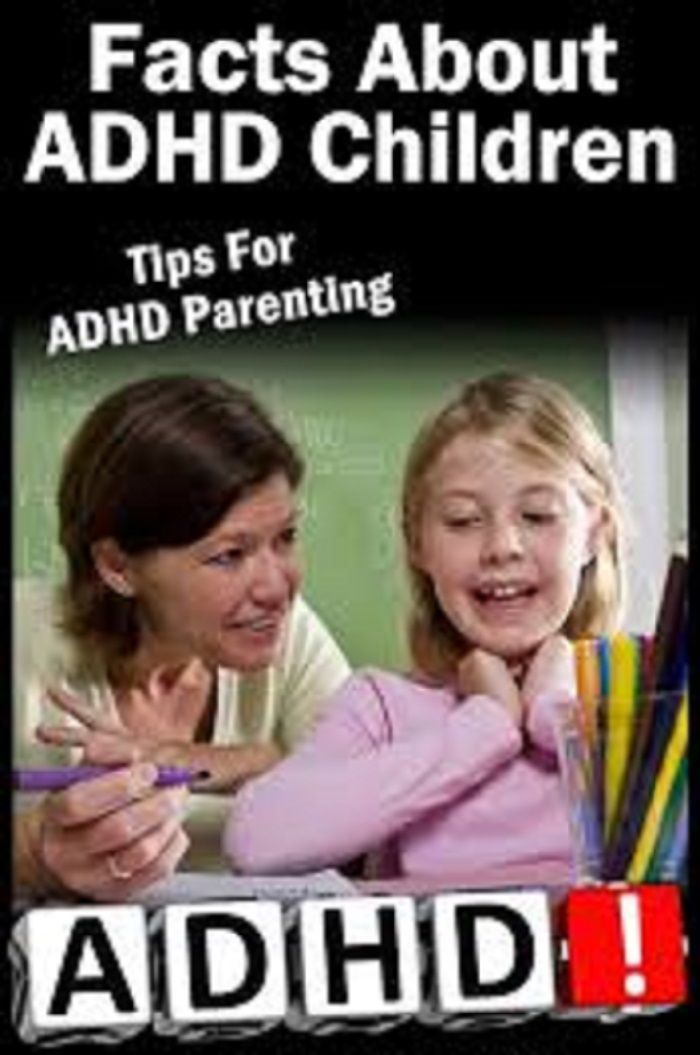 Referring students to ready-made illustrations. Correlation of the artist's vision with the reader's idea.
Referring students to ready-made illustrations. Correlation of the artist's vision with the reader's idea.
4. Creative tasks based on any area of students' reading activity (emotions, imagination, comprehension of content, artistic
Techniques for post-text activities.
- "Relationship between question and answer"
- "Time out"
- "Checklist"
- "Questions after the text"
"Relations between question and answer"
The goal is to teach understanding of the text . One of the most effective post-text techniques. It differs from the rest in that it teaches the process of understanding the text, and does not control the result (understood - did not understand), shows the need to search for the location of the answer.
The answer to the question can be in the text or in the reader's word. If the answer is in the text, it can be in one sentence of the text or in several of its parts. To answer the question, you need to find the exact answer in one sentence of the text. If it is contained in several parts of the text, such an answer must be formulated by connecting them.
To answer the question, you need to find the exact answer in one sentence of the text. If it is contained in several parts of the text, such an answer must be formulated by connecting them.
If the answer is in the reader's head, then in one case the reader constructs it by connecting what the author says between the lines or in indirect form, and how the reader himself interprets the words of the author. In another case, the answer is outside the text and the reader is looking for it in his knowledge.
"Time out"
Objectives - self-test and assessment of understanding of the text by discussing it in pairs and in a group.
Reception implementation algorithm:
1. Reading the first part of the text. Work in pairs.
2. Ask each other clarifying questions. They answer them. If there is no confidence in the correctness of the answer, questions are submitted for discussion by the whole group after the completion of the work with the text.
Checklist
This strategy is quite flexible. It lays down the conditions for the qualitative performance of any task. The “checklist” is compiled by the teacher for students at the first stages of applying the strategy.
Checklist "Brief retelling":
1. The main idea of the text is named. (Yes/No.)
2. The main thoughts of the text and the main details are named. (Yes/No.)
3. There is a logical and semantic structure of the text. (Yes/No.)
4. There are necessary means of communication that unite the main ideas of the text. (Yes/No.)
5. The content is presented in one's own words (language means) while preserving the lexical units of the author's text. (Yes/No.)
“Questions after the text”
The classification of questions, known as the “Taxonomy of questions”, involves a balance between groups of questions to:
- the factual information of the text, presented verbally;
- subtext information hidden between lines, in subtext;
- conceptual information, often outside the text.
These three groups of questions are now being supplemented with a fourth - a group of evaluative, reflective questions related to the critical analysis of the text.
"Thin" and "thick" questions
After studying the topic, students are asked to formulate three "thin" and three "thick" questions related to the material covered. They then quiz each other using tables of "thick" and "thin" questions.
| Thick questions | Subtle questions |
| Explain why….? | Who..? What…? When…? |
- Read the text.

- What words occur most often in the text? How many times?
- Which words are in bold? Why?
- If you were to read the text aloud, how would you make it clear that this sentence is the main one?
- Noun (subject).
- Two adjectives (description)
- Three verbs (action).
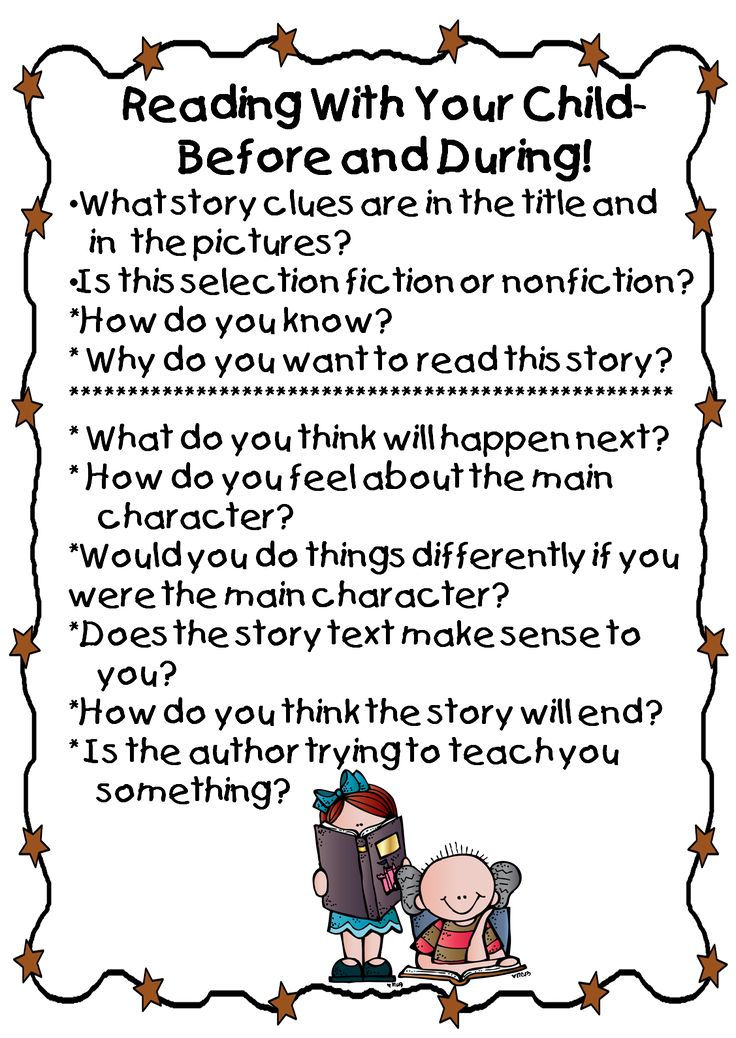
- Four-word phrase (description).
- Noun (paraphrasing of the topic).
- How many paragraphs of the text?
- Pay attention to the words in thinned and bold type.
- Write out keywords.
- Coordinating conjunctions
- Intonation
- general minor member
- Explanatory words
- Comma
- Semicolon
- Dash
- No comma
- Reading 1 paragraph.
- We ask questions to the reader, he answers them.
- Reading in pairs to yourself 2 paragraphs, one student asks a question - the other answers.
- Reading 3, 4 paragraphs - students change roles.
- Give an example of a complex sentence, give a description according to the plan, draw up a diagram;
- make a mind map.
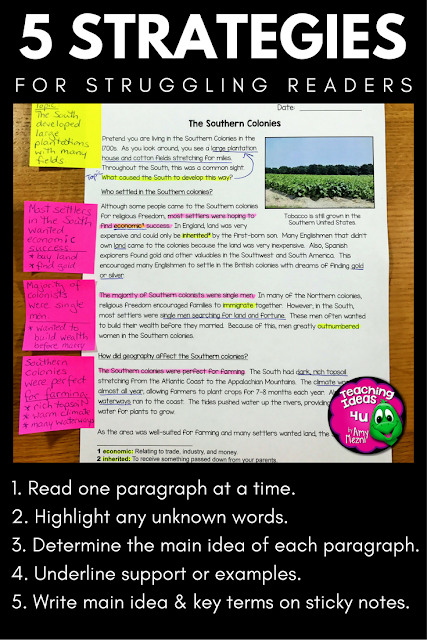
Question Tree
Krona - what? where? when? Barrel - why? How? Could you? Roots - how to relate the text to life? With current events? What is the author trying to show?
"Bloom's Cube" (Benjamin Bloom is a famous American teacher, author of many pedagogical strategies = technician).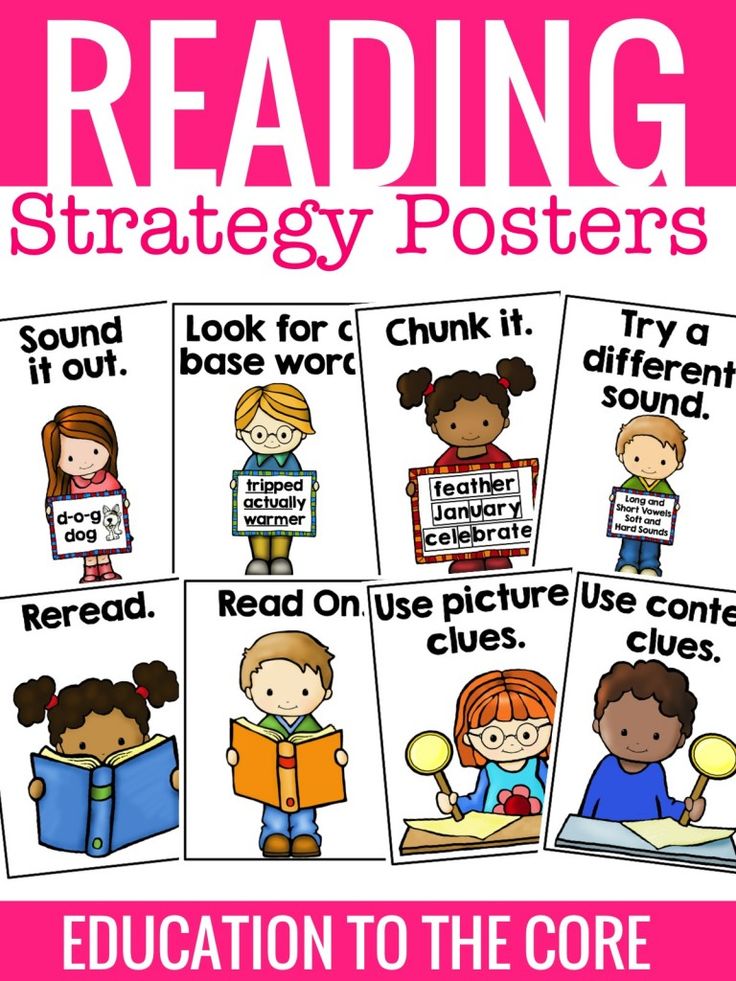
The beginnings of the questions are written on the sides of the cube: “Why?”, “Explain”, “Name”, “Suggest”, “Think up”, “Share”. The teacher or student rolls the die.
It is necessary to formulate a question to the educational material on the side on which the cube fell.
The “Name” question is aimed at the level of reproduction, that is, at the simple reproduction of knowledge.
The question "Why" - the student in this case must find cause-and-effect relationships, describe the processes that occur with a particular object or phenomenon.
"Explain" question - the student uses concepts and principles in new situations.
Question Tree
Options for working with text.
"Questions to the text of the textbook"
The strategy allows you to form the ability to work independently with printed information, formulate questions, work in pairs.
We are talking about highlighting a phrase with your voice. Here lies an unobtrusive but reliable memorization.
Cluster
I use clusters for structuring and systematizing material. A cluster is a way of graphic organization of educational material, the essence of which is that in the middle of the sheet the main word (idea, topic) is written or sketched, and ideas (words, pictures) associated with it are fixed on the sides of it.
"Keywords"
These are words that can be used to compose a story or definitions of some concept.
"True and False Statements"
has a universal technique that helps to update students' knowledge and enhance mental activity.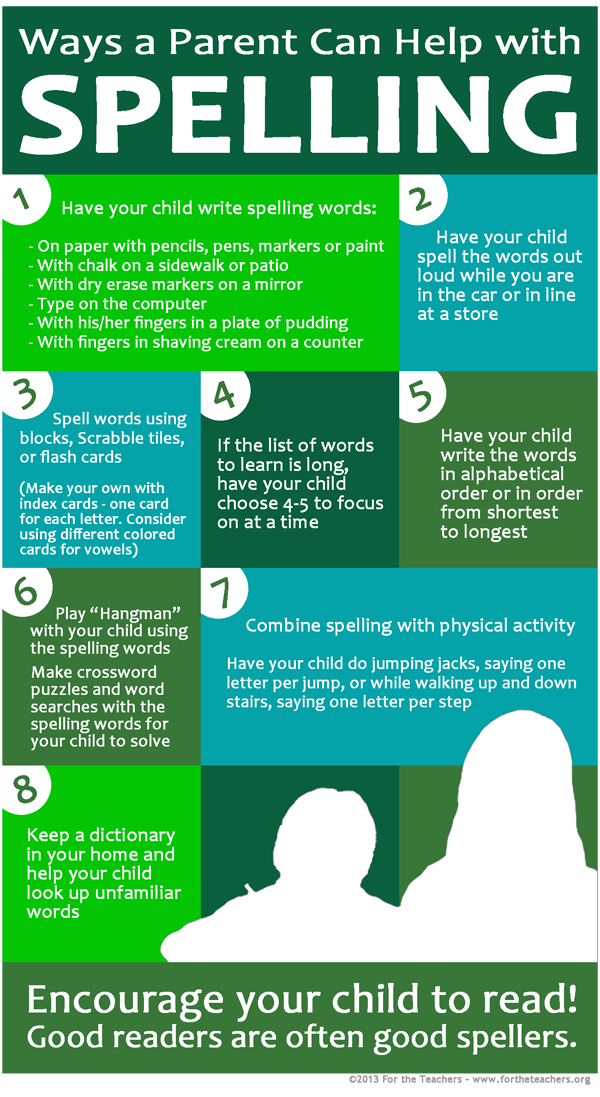 This technique makes it possible to quickly include children in mental activity and it is logical to proceed to the study of the topic of the lesson. Reception forms the ability to assess the situation or facts, the ability to analyze information, the ability to reflect one's opinion. Children are invited to express their attitude to a number of statements according to the rule: true - "+", not true - "-".
This technique makes it possible to quickly include children in mental activity and it is logical to proceed to the study of the topic of the lesson. Reception forms the ability to assess the situation or facts, the ability to analyze information, the ability to reflect one's opinion. Children are invited to express their attitude to a number of statements according to the rule: true - "+", not true - "-".
"Do you believe..."
It is carried out in order to arouse interest in the study of the topic and create a positive motivation for independent study of the text on this topic.
Conducted at the beginning of the lesson, after the announcement of the topic.
Cinquain
Develops the ability of students to highlight key concepts in the reading, the main ideas, synthesize the knowledge gained and show creativity.
Sinkwine structure:
"Mental maps" (graphic technique for organizing text),
Mind Mapping is a mind visualization technique. The applications of mental maps are very diverse - for example, they can be used to fix, understand and remember the content of a book or text, generate and write down ideas, understand a new topic for yourself, prepare for making a decision.
In the center of a landscape sheet, one word indicates the theme, which is enclosed in a closed outline. Branches are drawn from it, on which keywords are located. Sub-branches are added to branches until the topic is exhausted.
Mind maps activate memory. Lists, solid text, trees, and diagrams are the same. Mind maps, on the other hand, use every possible means to activate perception through diversity: different line weights, different colors of branches, precisely chosen keywords that are personally meaningful to you, the use of images and symbols.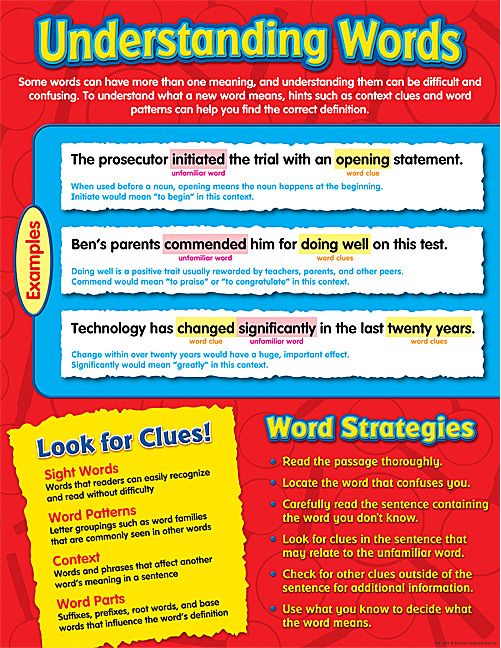 The technique of mental maps helps not only to organize and organize information, but also to better perceive, understand, remember and associate it.
The technique of mental maps helps not only to organize and organize information, but also to better perceive, understand, remember and associate it.
5. Diagnosis of educational outcomes using semantic reading techniques
The network project "Semantic Reading Techniques" [1] describes the model of V.V. Pikan, in which all cognitive levels are illustrated by exemplary examples of key questions and tasks that make it possible to diagnose the quality of mastering knowledge and ways of students' activities. Each of the cognitive levels (knowledge, understanding, application, generalization and systematization, value attitude) is assigned the number of points received for completing the tasks of the mastered level. The table below shows examples of questions and tasks, assessment criteria.
| Cognitive levels and assessment criteria | Sample key questions and tasks (beginning of wording) |
| Knowledge - 1 point | Name. |
| Comprehension - 2 points | Do you understand… Explain the relationship. Why ... Connect in semantic pairs .... Show on the graph... |
| Application - according to sample 3 b. | Make an offer…. Identify Traits character…. Apply the appropriate rule.... Compare…. Draw conclusions.... Present your point of view... |
| Generalization and systematization | Make a summary…. Make a table. |
| Value attitude - 2-10 b. | What does it matter…. What do you think…. Do you like…. |
6. Implementation of semantic reading technology techniques
1. Work with text before reading. Reception dissection question.
It is proposed to read the title of the paragraph "Compound sentence", the title of the scientific style text, and divide it into semantic groups; answer the question: what do you think the text will be about?
2. Working with text while reading.
Primary reading . Review reading or introductory reading:
1. Compound
2. Communication
3.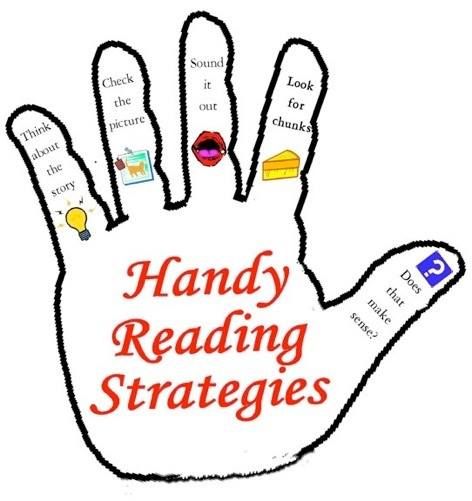 Additional communications
Additional communications
4. Punctuation marks
Learning reading . Rereading text
3. Work with the text after reading.
Work in groups: 1 group, using keywords, makes up a story about a compound sentence; Group 2, based on the plan for syntactic analysis of a simple sentence, draws up a plan for characterizing a complex sentence.
General reference:
Fig.1. Mind map "Compound sentence" of a 9th grade student Samara D.
7. Conclusion
Semantic reading forms cognitive interest, the ability to compare facts and draw conclusions, activates the imagination, develops speech, thinking, and also teaches how to work with information. The active implementation of semantic reading strategies, technologies by all teachers of various academic disciplines will make our graduates full members of the new information society.
References and references
- Project "Semantic Reading Techniques" Auth. Dozmorova E.V., Director of the Center for Innovations in Education of the FPC and PC TSPU, Ph.D. - https://www.planeta.tspu.ru/files/file/doc/1464065663.pdf
- Federal State Educational Standard for Primary General Education // http://standart.edu.ru/catalog.aspx?CatalogId=959.
- Variable learning technology / under.
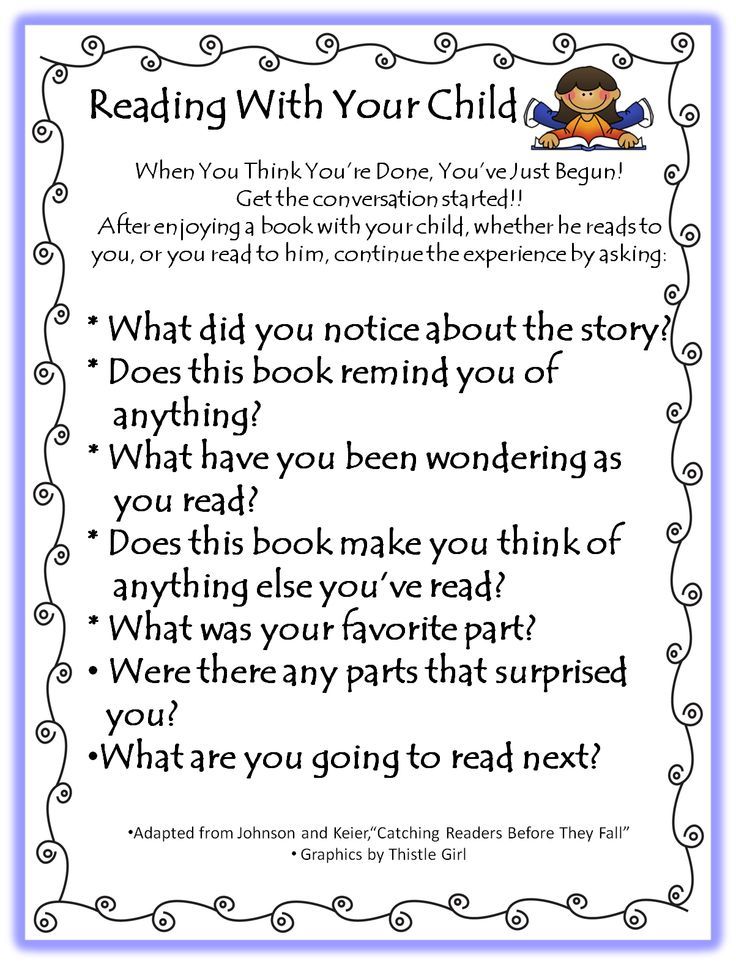

 Maybe this flower misses her mother there, like me
Maybe this flower misses her mother there, like me  .., Define..., Formulate... . Retell ... List .... Choose the correct answer…. Complete the word…. Show…, Find out...etc.
.., Define..., Formulate... . Retell ... List .... Choose the correct answer…. Complete the word…. Show…, Find out...etc. 